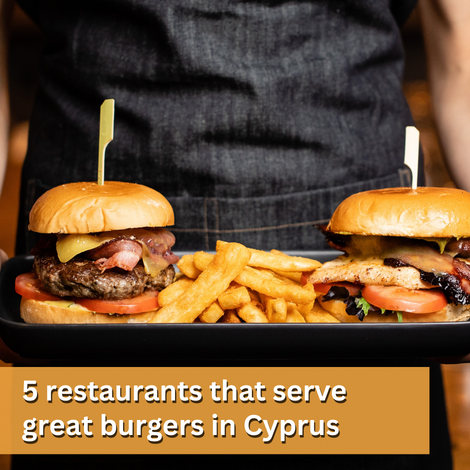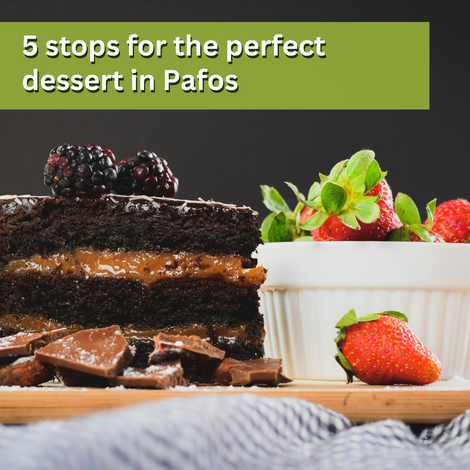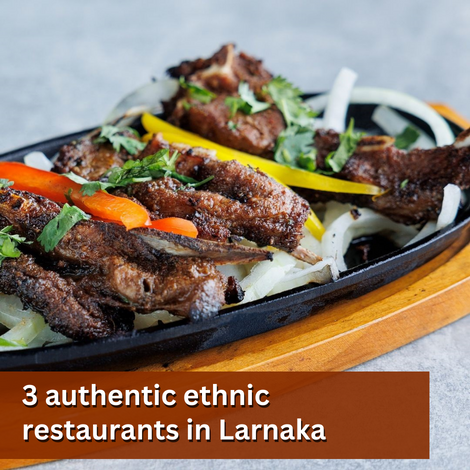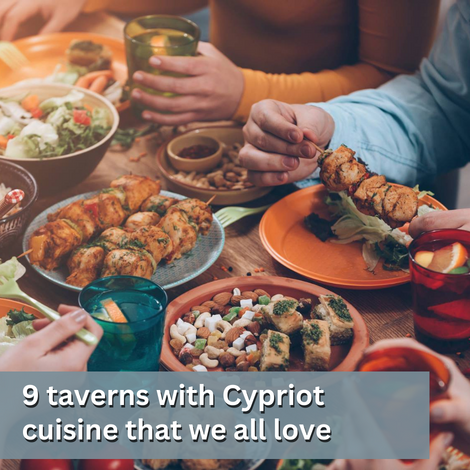Palouzes & shoushoukos
Homemade shoushoukos recipe. How to make the grape jelly
Palouzes and shushukos are exclusively known as traditional Cypriot delicacies. Want to learn how to prepare a homemade sweet palouze? This is the right article of a full guidance of this traditional recipe. The Cypriot grape jelly or Palouzes is a thin cream, which blends with flour and grape juice and is a very natural healthy dessert.
In Cyprus palouze is usually made with white grapes and of course the shushukos is made by palouzes. The dominant grape variety is the xynisteri or sultana. There is little difference in taste than other varieties and it simply becomes lighter in color, "blond" like we say in Cyprus.
There are many versions of how to prepare a palouze. From village to village and from region to region, the recipe is different. I'll show you what I have learned from my grandparents and it goes from generation to generation.
Preparation: The first thing to do is to wash the grapes well with drinking water and pick the grapes that are healthy ( not rotten ).
Put them in a bath or wash basin.
For homemade palouze will use our hands to crack and melt the berries of the grape. For business purposes there is a special electric modern wine press. In the old days the Cypriots stomped the grapes with their feet.
When you have done the process with the juice of the grape, clean the berries from the skulls.
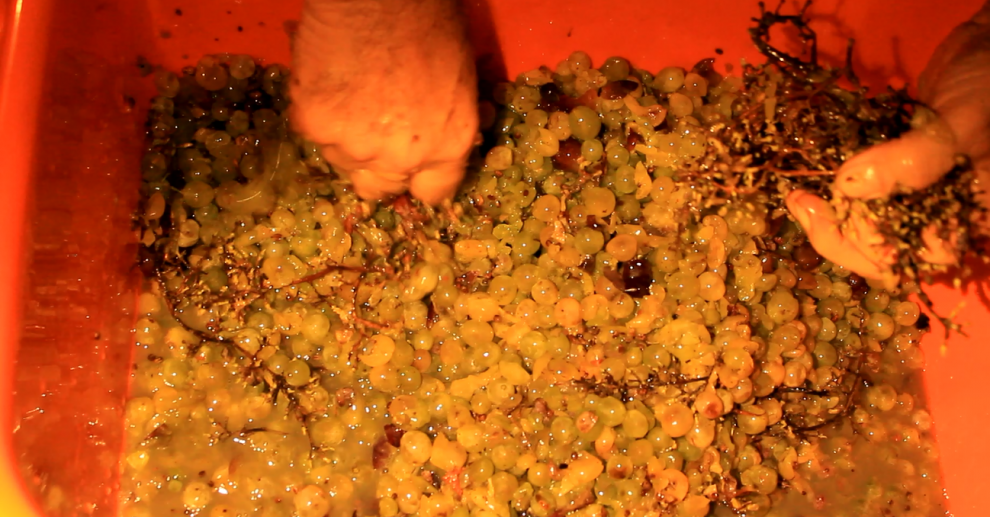
Take a fine sieve and pour the broth into a pot to clean from dirt and residues.
Then do the skimming process. As is in the pot we put it over high heat and when it's half boiled turn down the heat and pour in a tablespoon of white soil (soil with lime) which we find in the highlands of wine villages. In case you don't have soil you can use soda (1 teaspoon).
You will see that it will begin to foam. It's the impurities that must be removed which was cleared by the white soil.
Remove the foam with rapid movements using a slotted spoon.
Once you clean the thick foam you will see a remaining thin foam. Try removing it with a small spoon. Turn up the heat.
The must will begin taking boil and the foam whitened.
The must will get a golden color. Get of it from heat and preferably put one twig of basilic or just pelargonium. If you want put a little rose water and a sachet of vanilla powder but it is not necessary because pelargonium is an intense flavoring herb.
When completely cool we take our sieve and we strain slowly again into another pot. When the broth is finished you will see that the soil was left in the bottom.
If you want to store the juice you can leave it in the freezer for a year.
The making of palouze: Take a cup of tea 250gr and count how many cups is the must. The reason that we count is because a cup of must is equaled to one tablespoon full of rustic flour (hard).
Put the pot to boil until it gets very warm.
Pour half the must in another basin and add the flour slowly - slowly to avoid clotting and mix with a large wooden spoon or a fouet (wire) and the broth becomes a thick cream. For example if we have in our pot four cups of must then we add 4 tablespoons flour.
Start boiling the remaining half, then we lower our fire and blend the mixture with the flour in the boiling must. Mix it well to prevent it sticking to the bottom.
Leave on heat and stir for about half an hour. To check if palouze is ready put little water on a plate, add a little mixture of jelly (about two tablespoons) and allow to cool. After push it with a spoon sideways, if it's unstuck from the plate it means that it is ready, if not continue stirring.
After the preparation remove it from heat. Immediately pour palouze in trays, bowls or concave dishes. Sprinkle with a few crushed almonds or walnuts for decoration. If you like you can eat it immediately or if you prefer let it cool for two hours.
The most delicious moment for Cypriots is in the end when they empty the pot and eat the left over mixture that is in the hot pot!
Store palouze in a cool, dry place (refrigerator) because it gets moldy. Keep it only a few days.
Palouzes can also be made with pomegranate juice only (pink Palouzes) or carob juice only(black Palouzes).
For soutzouko with almonds or walnuts:
During palouze manufacturing process you can make siousiouko (soutzouko).
First soak your almonds to soften and swell, walnuts do not need this, you can pass them from the thread as it is. Leave them in the sun to dry completely. Pass the almonds and walnuts in thick threads to be able to withstand the weight.
Hang them in tree twig rods at inverted V letter shape (Λ) or the easiest way to the wire hanger. After dip it once in palouze. Let it cool enough and then re-dip it in palouze. Touch it with your finger to see if it's sticky then dip it again. We do the same procedure again depending how thick you want the siousiouko to be
After hang them out to dry in a shady place. The soutzoukos can be maintained for a long time in the freezer.
Kiofterka:
Put the mixture into pans and let cool. After a few days, cut it in rectangular pieces. Put in skep and leave in a cool place a few days to dry.
Bon appetit!!!
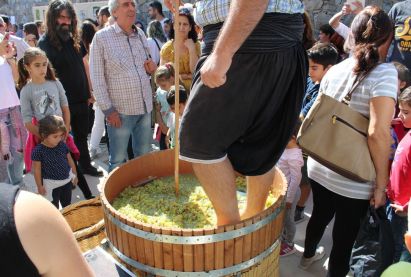
Feast of the Harvest

 English
English
 Ελληνικά
Ελληνικά Русский
Русский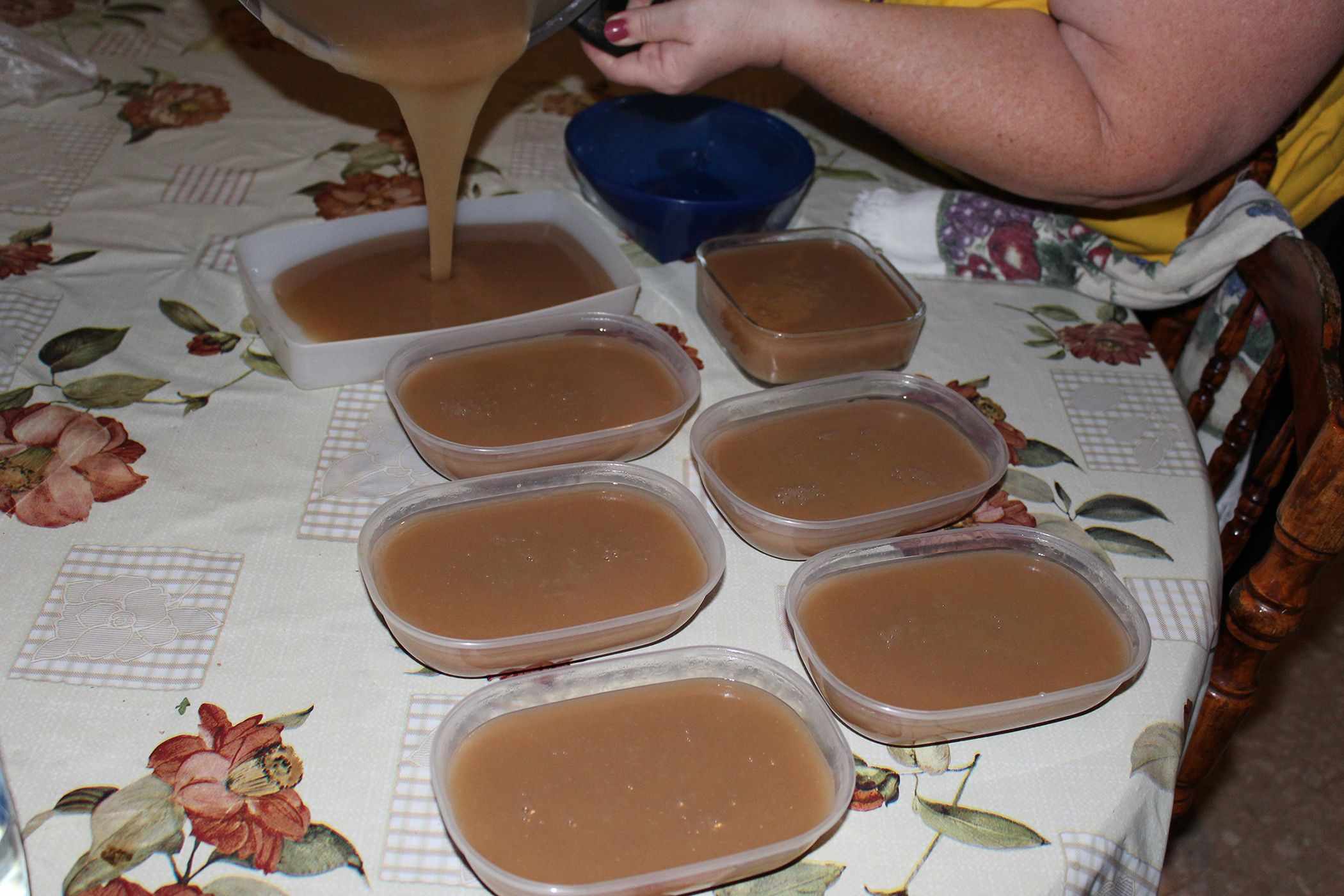
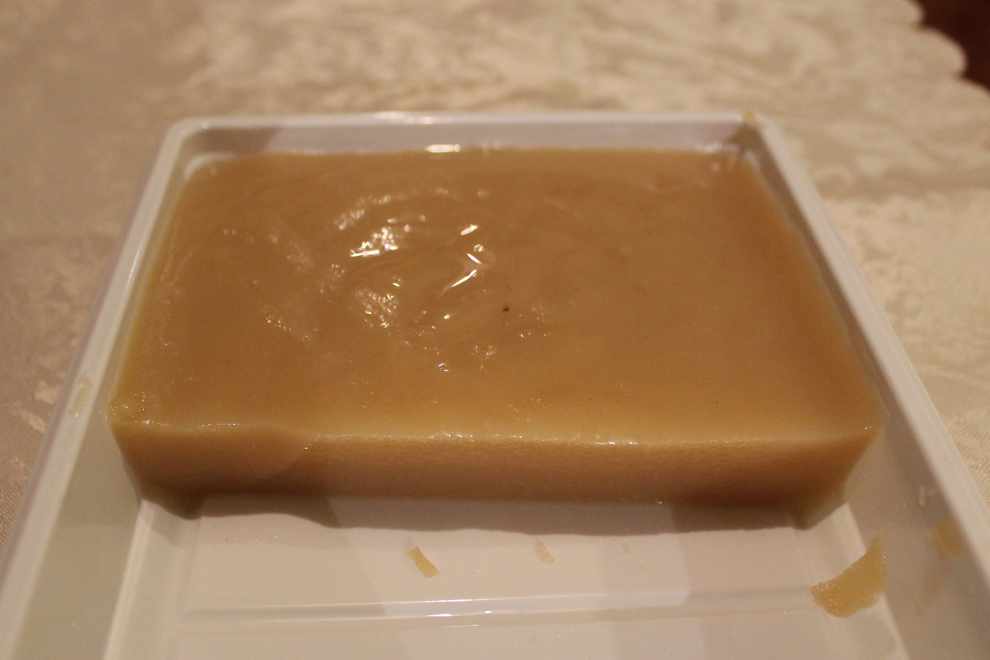
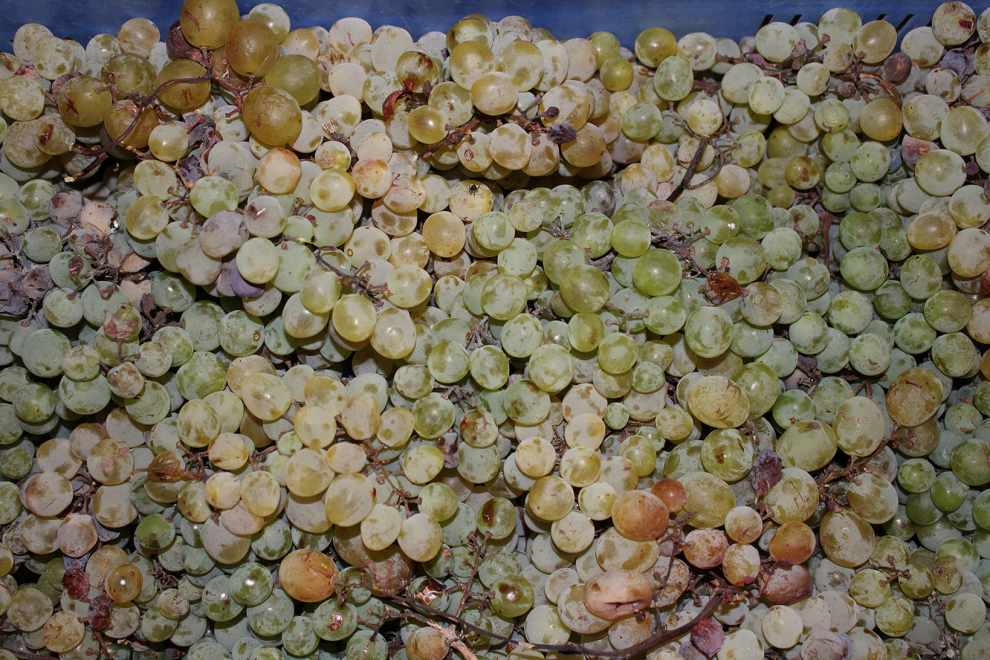
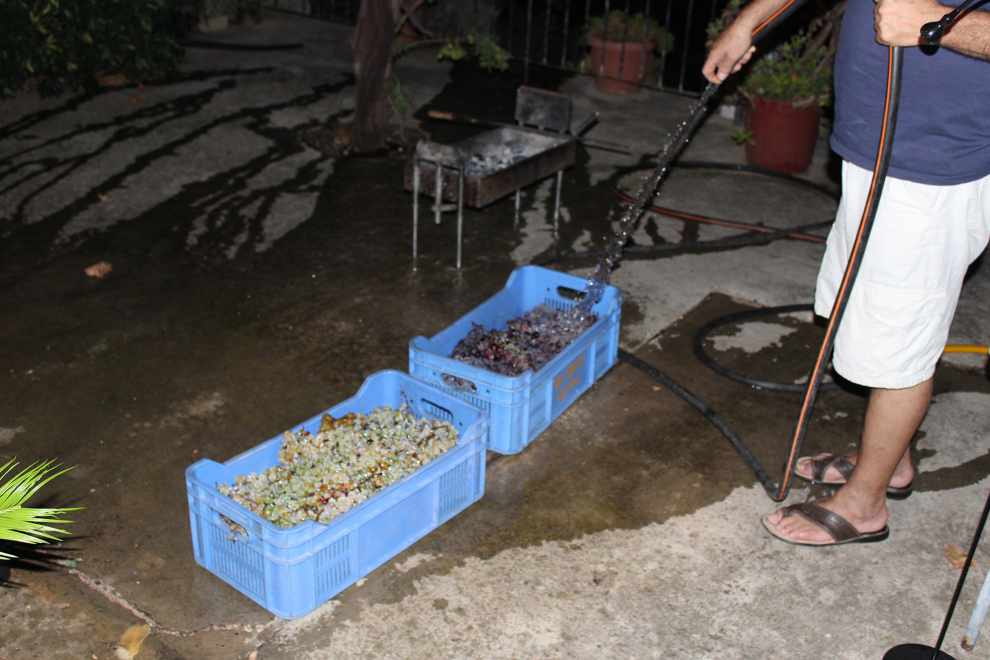
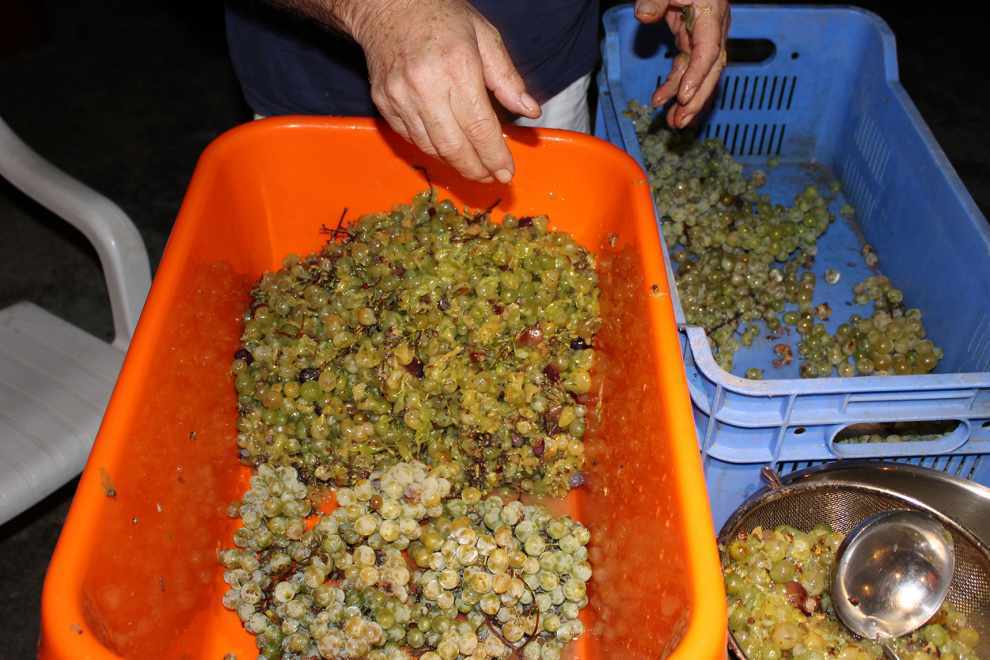
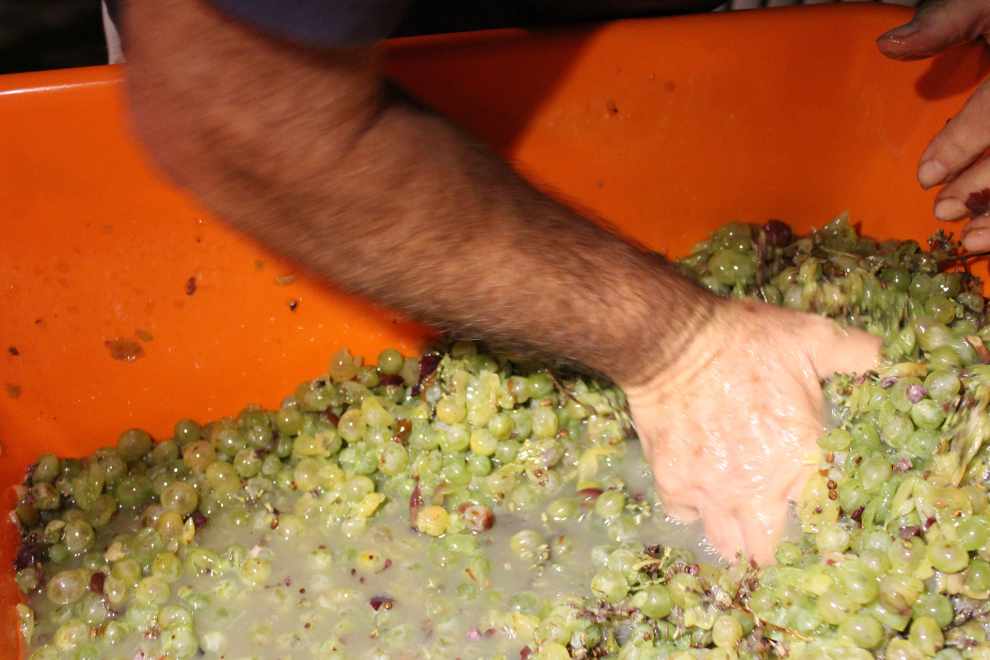
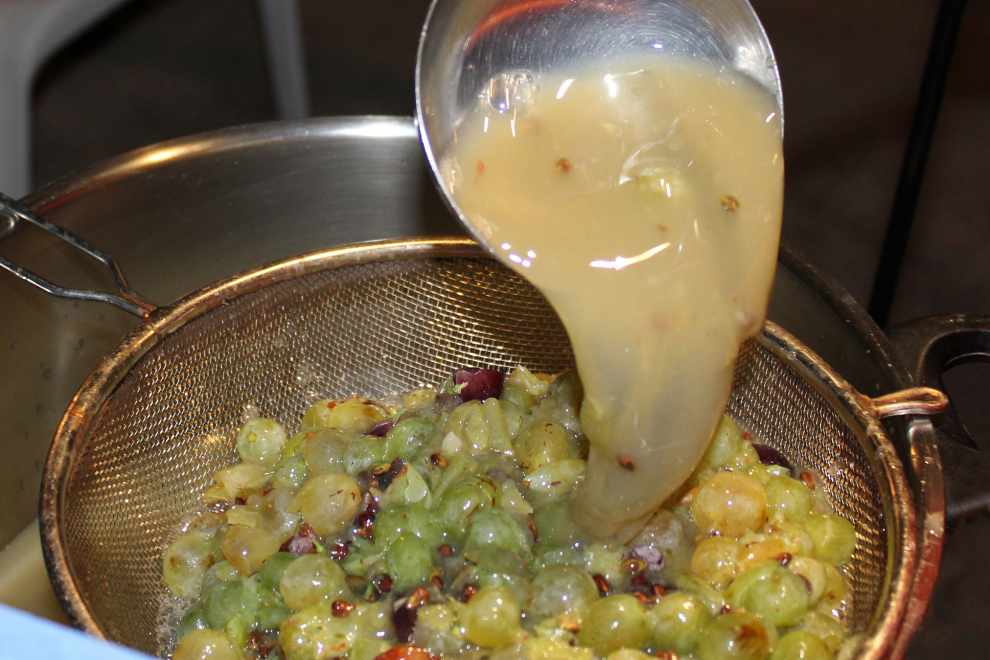
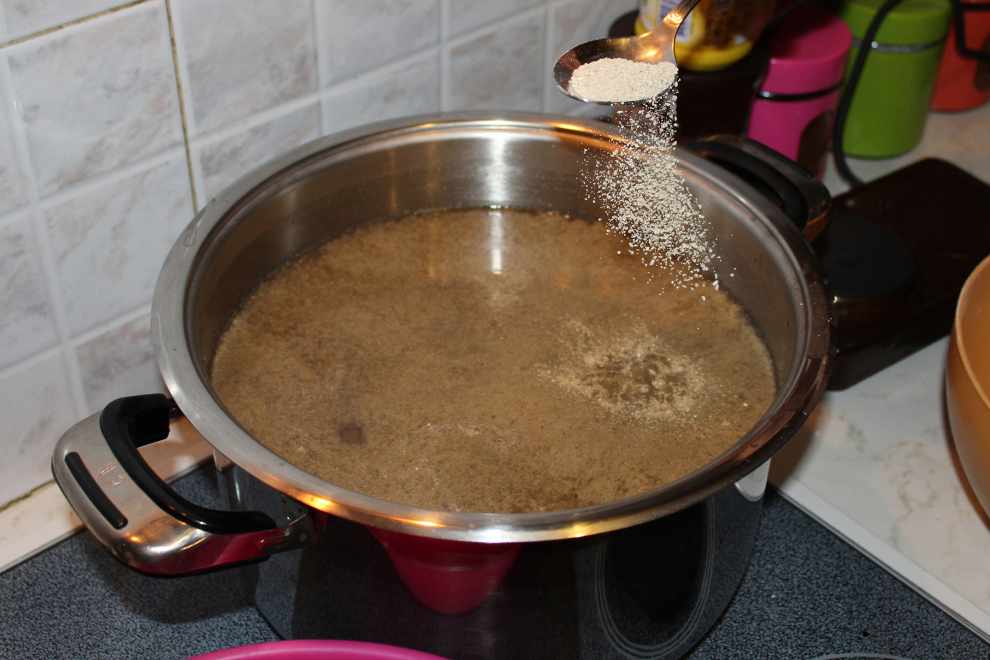
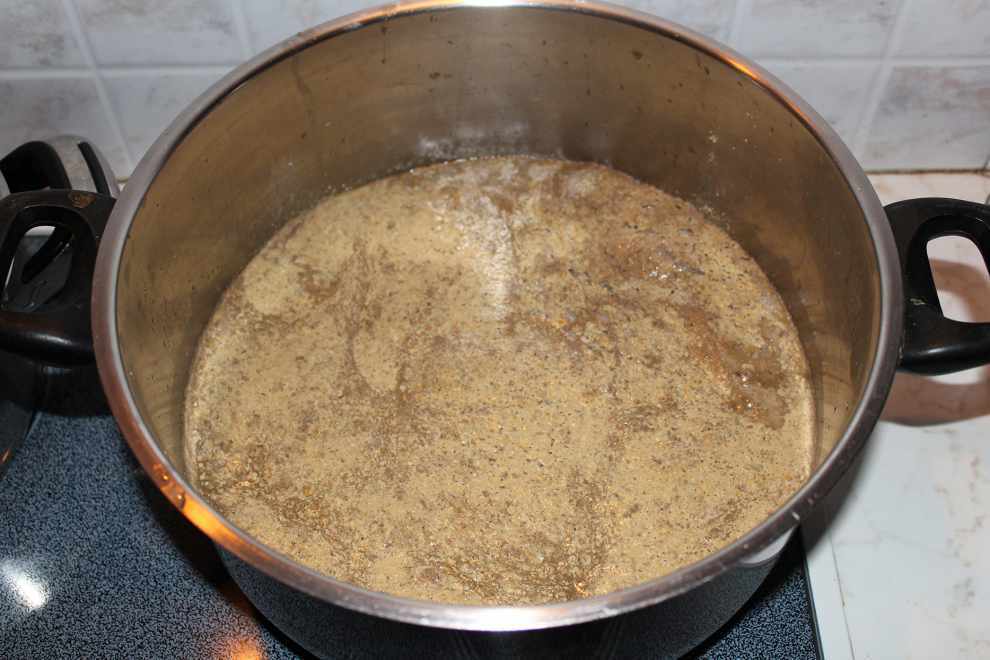
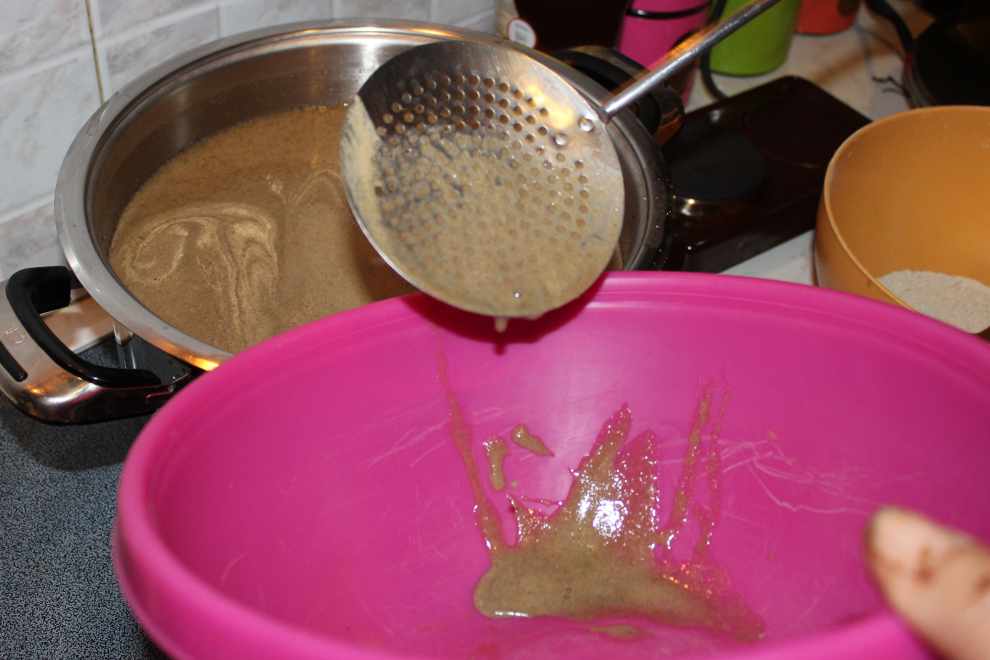
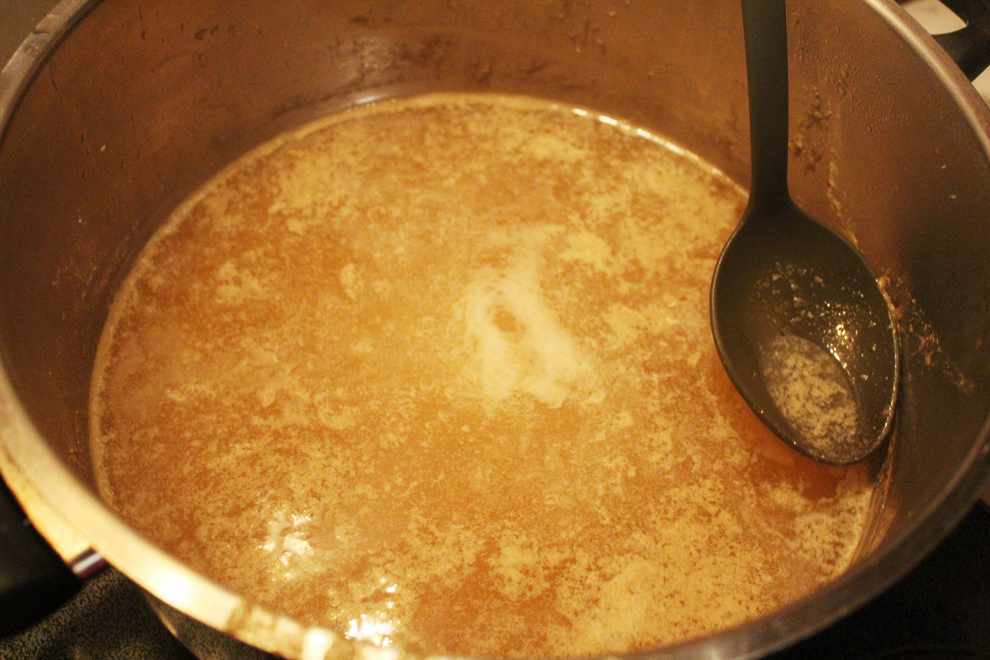
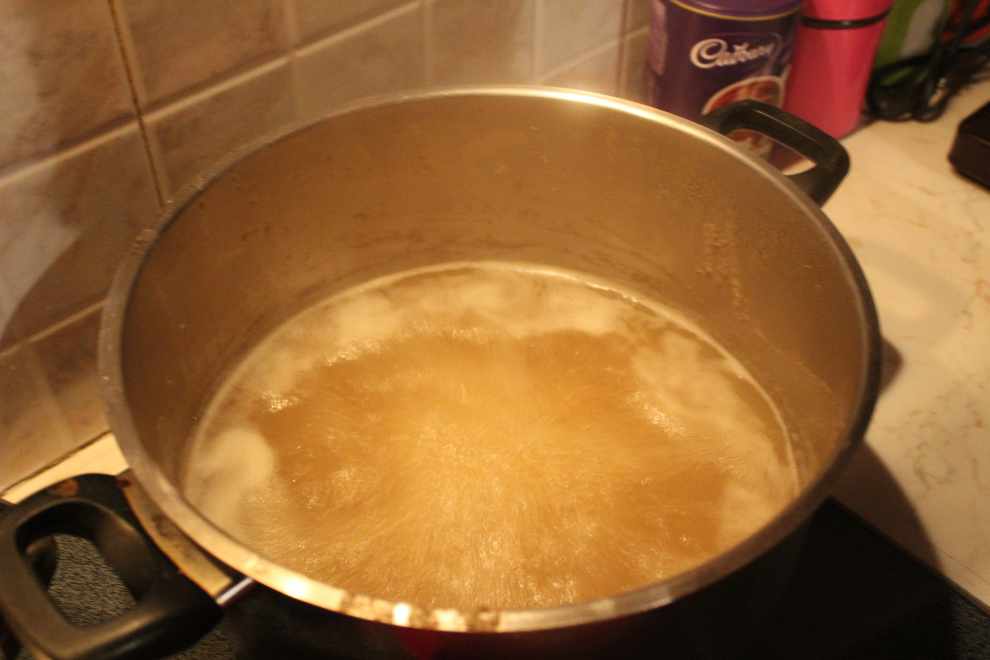
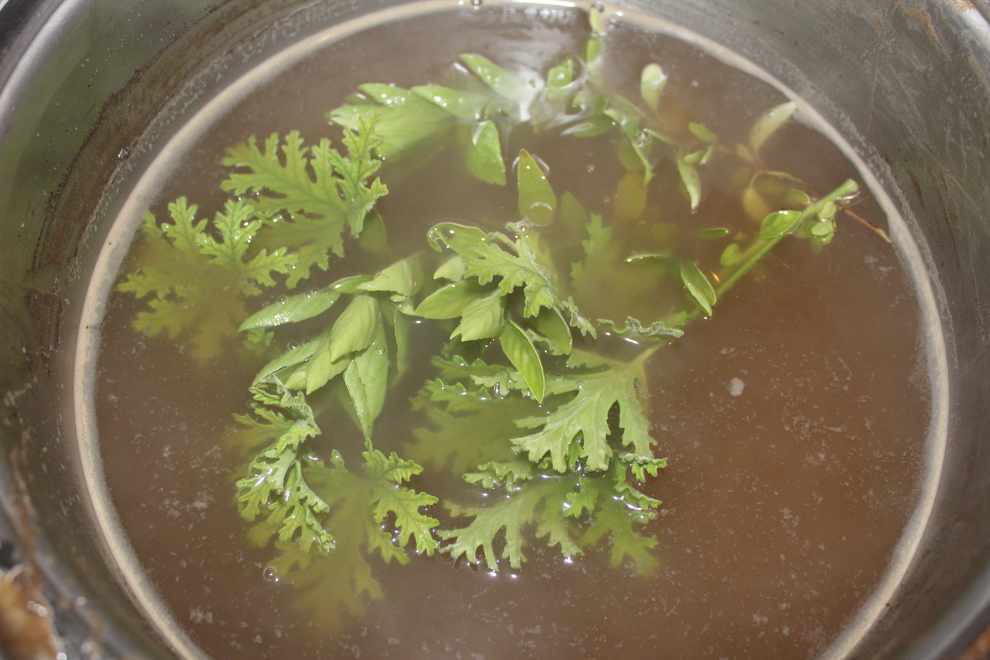
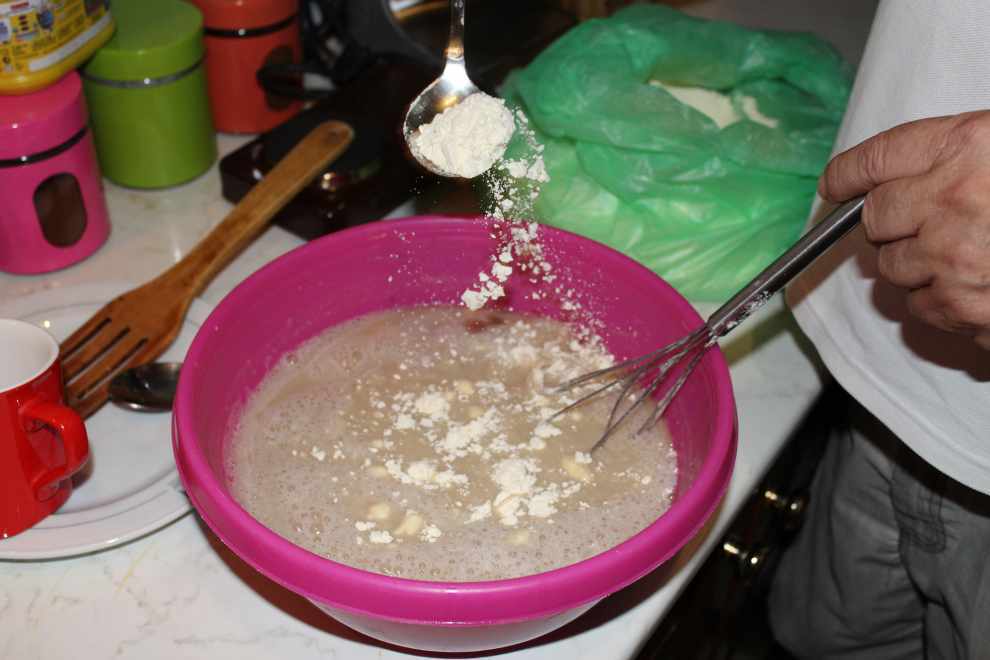
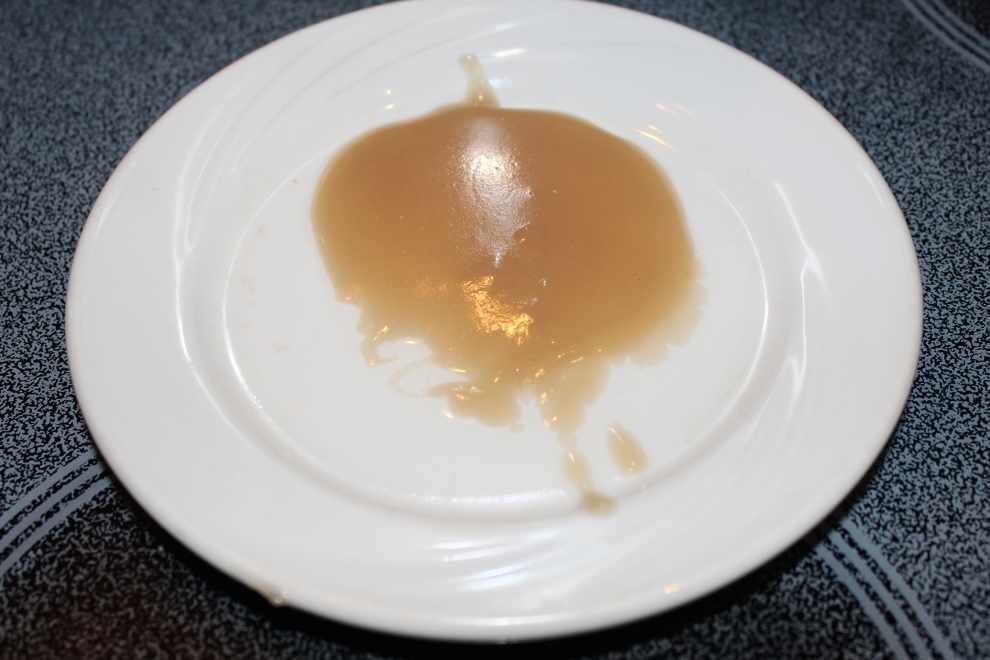
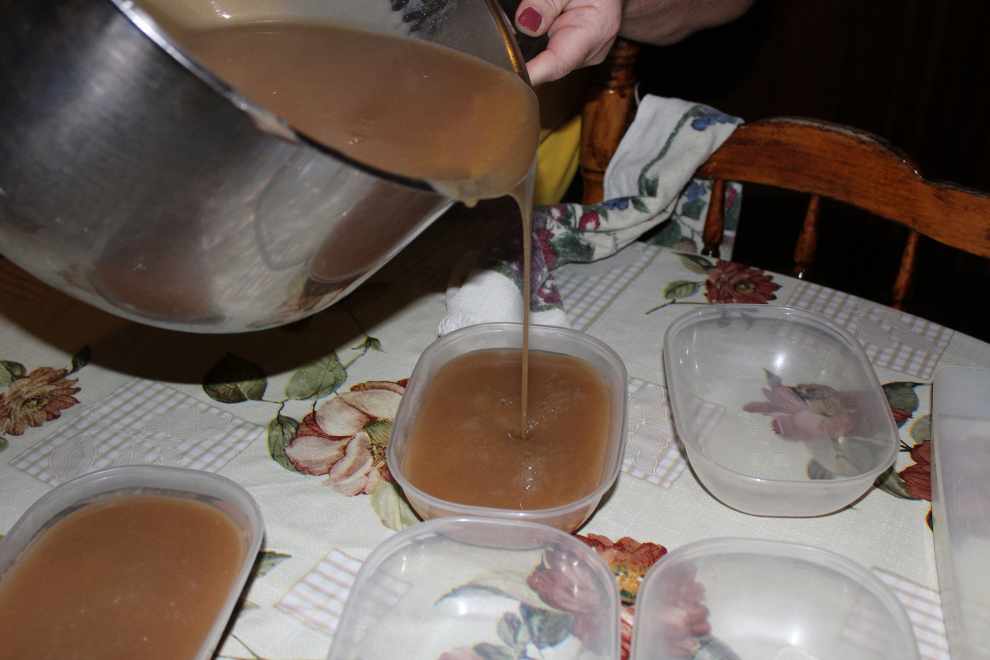
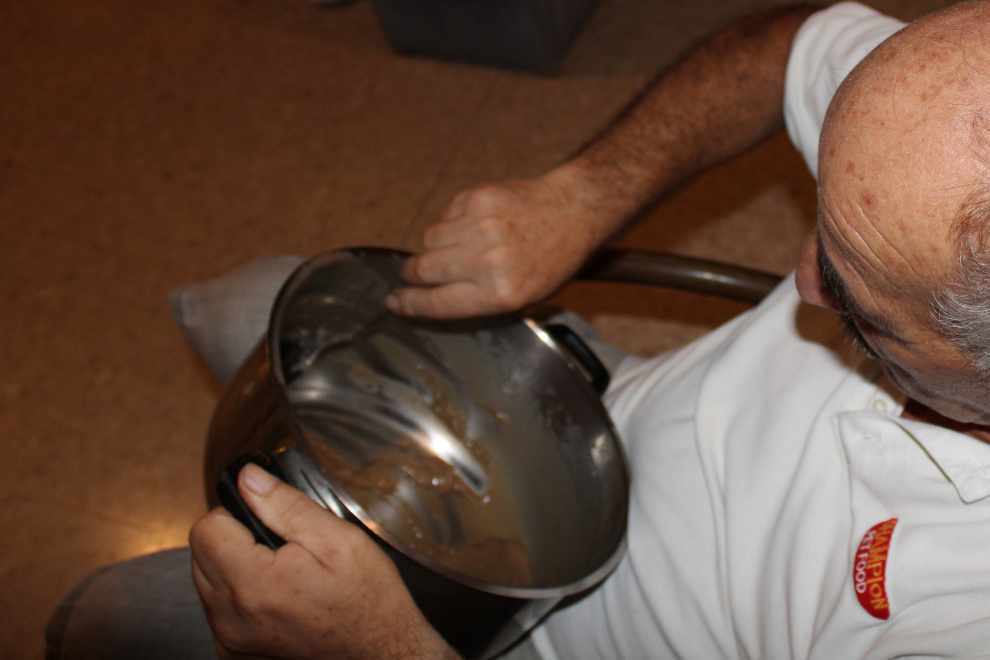

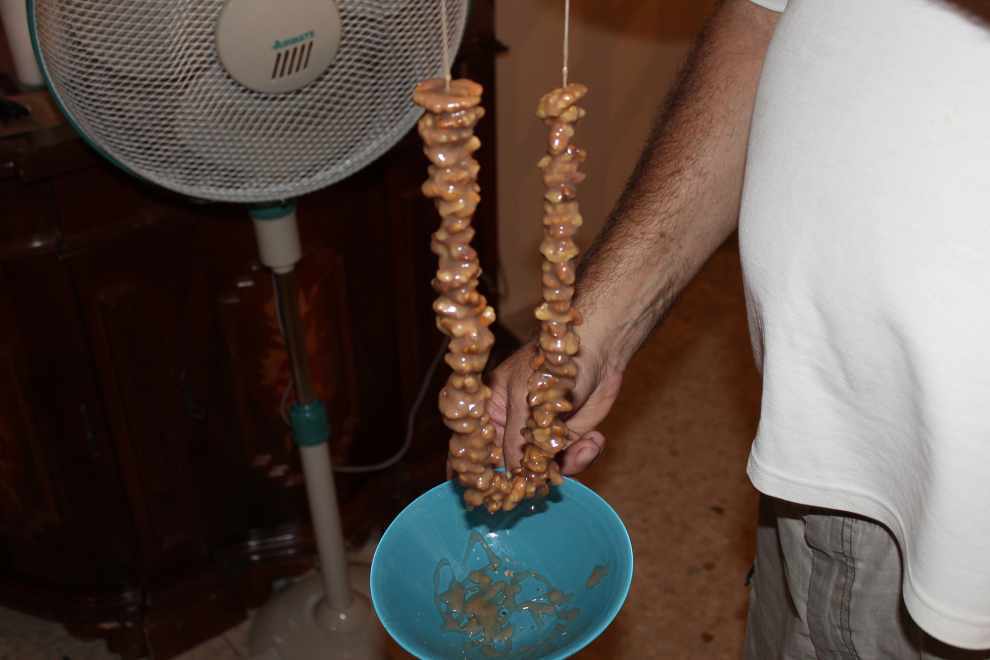
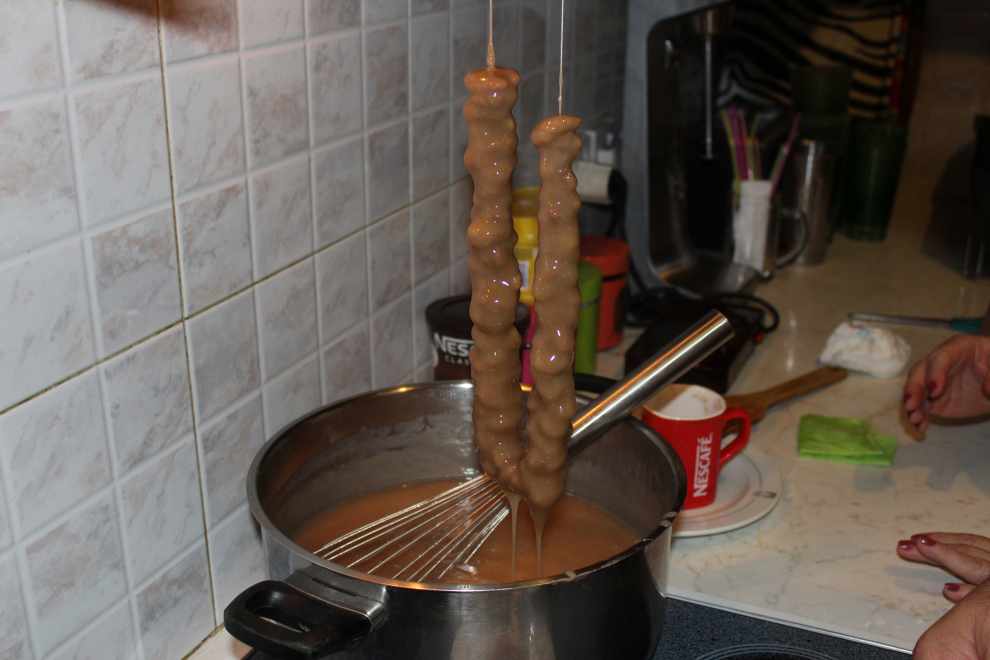
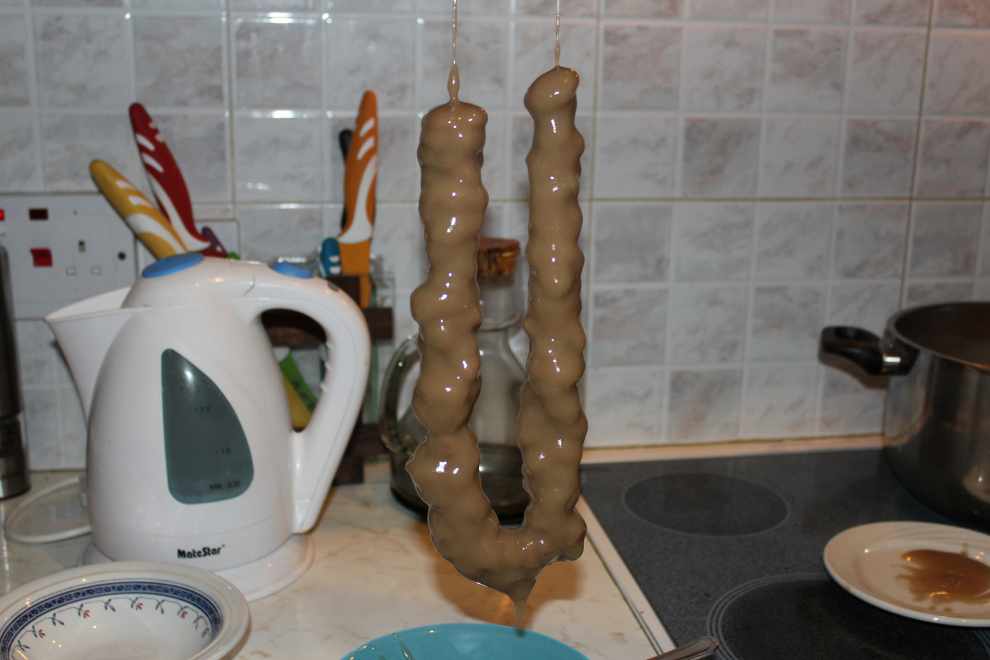
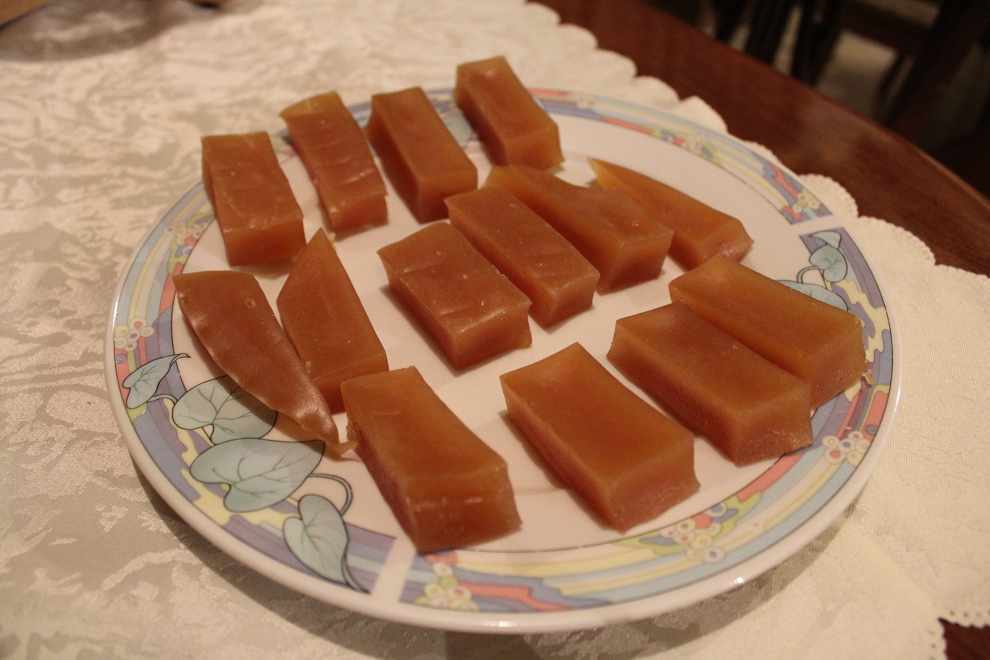
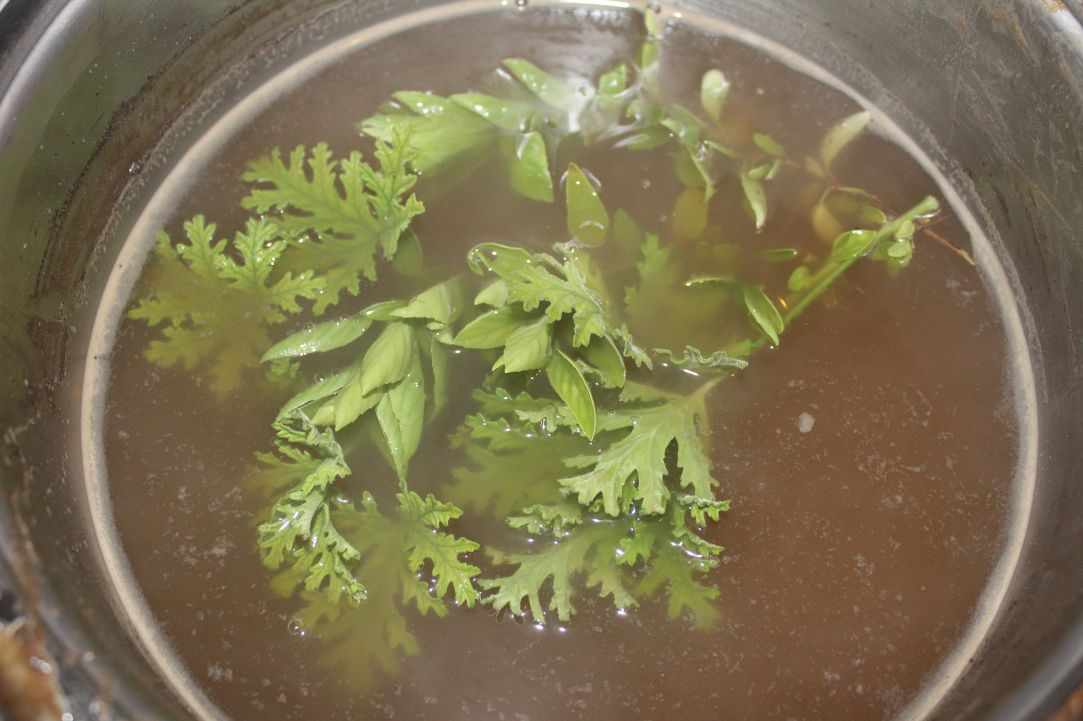
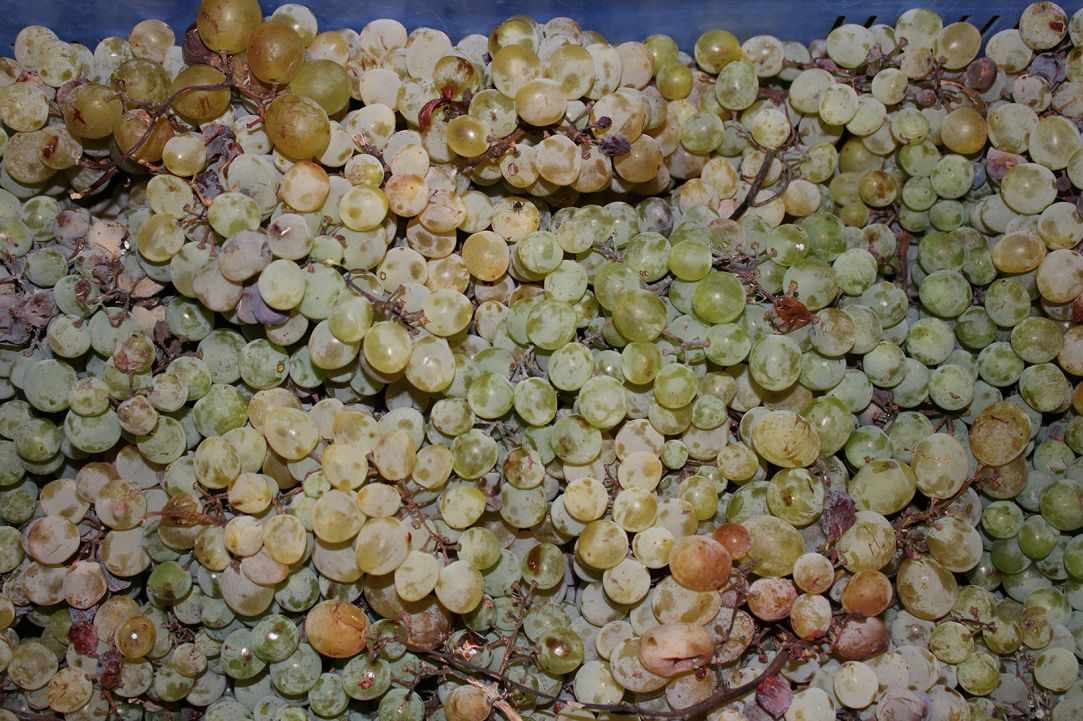
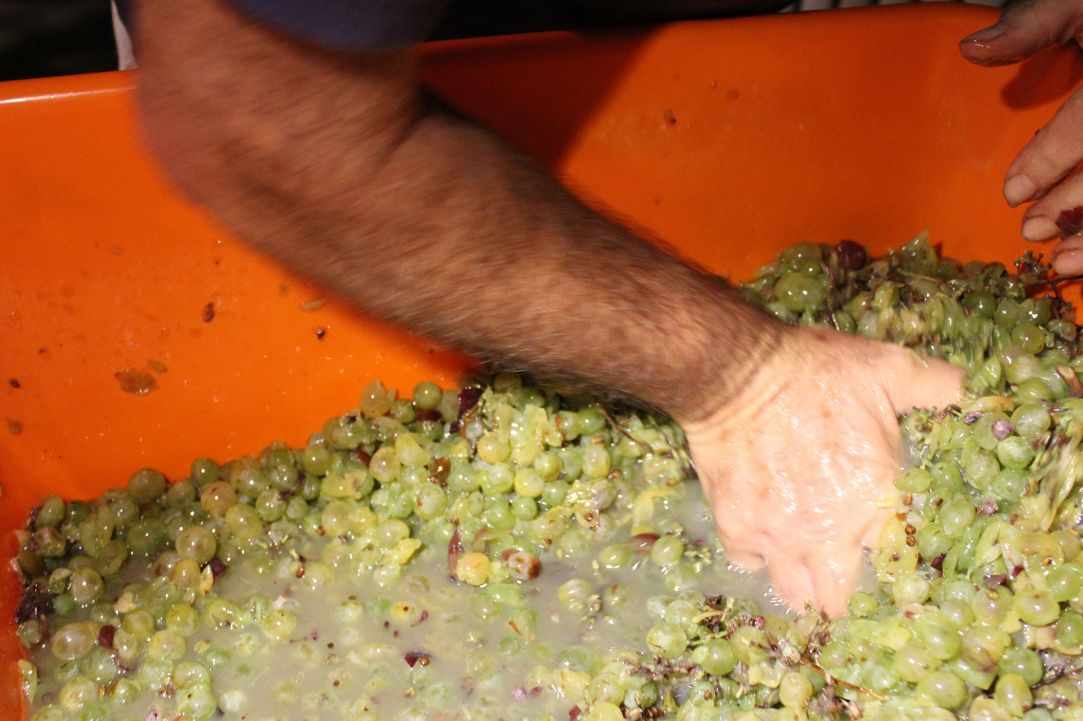
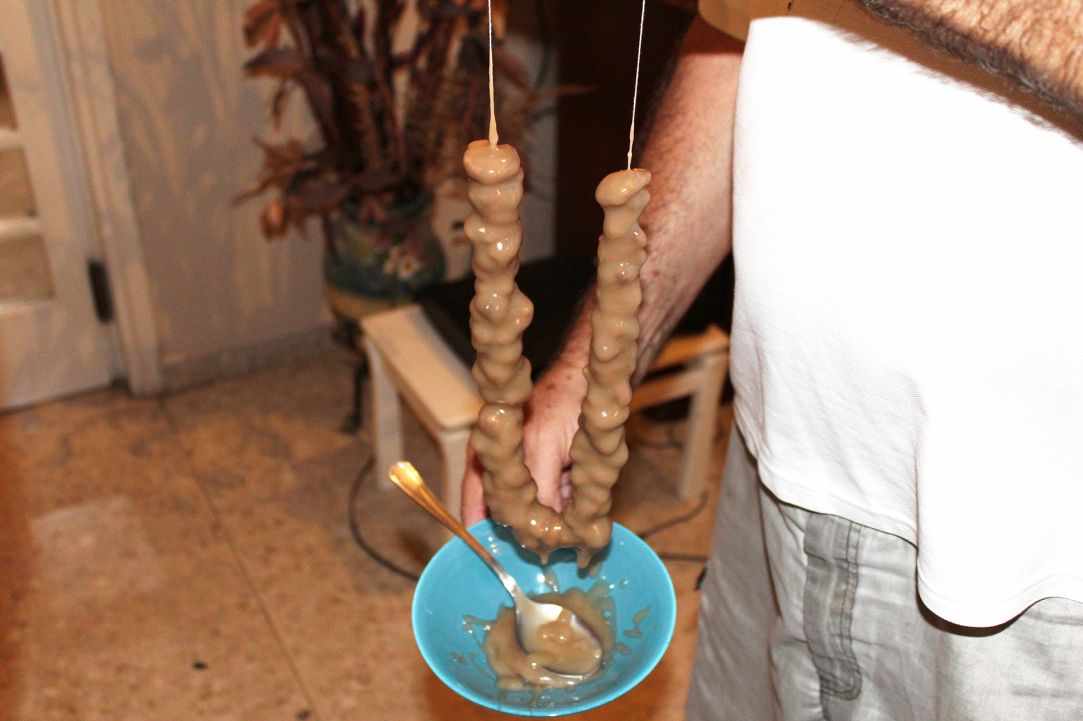
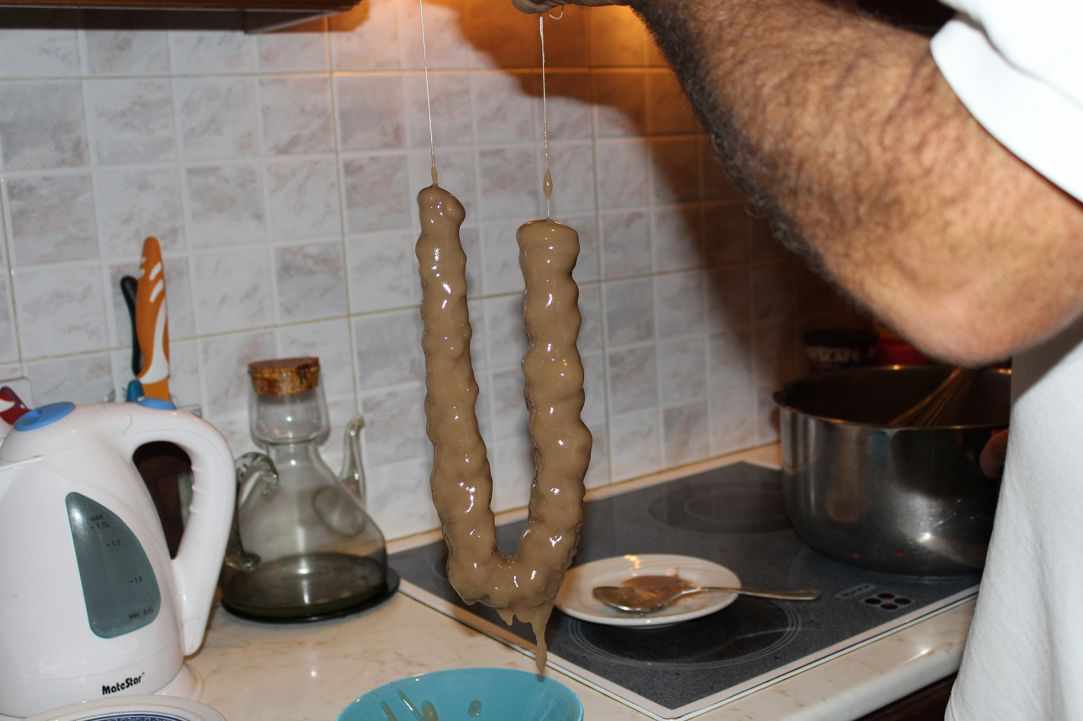
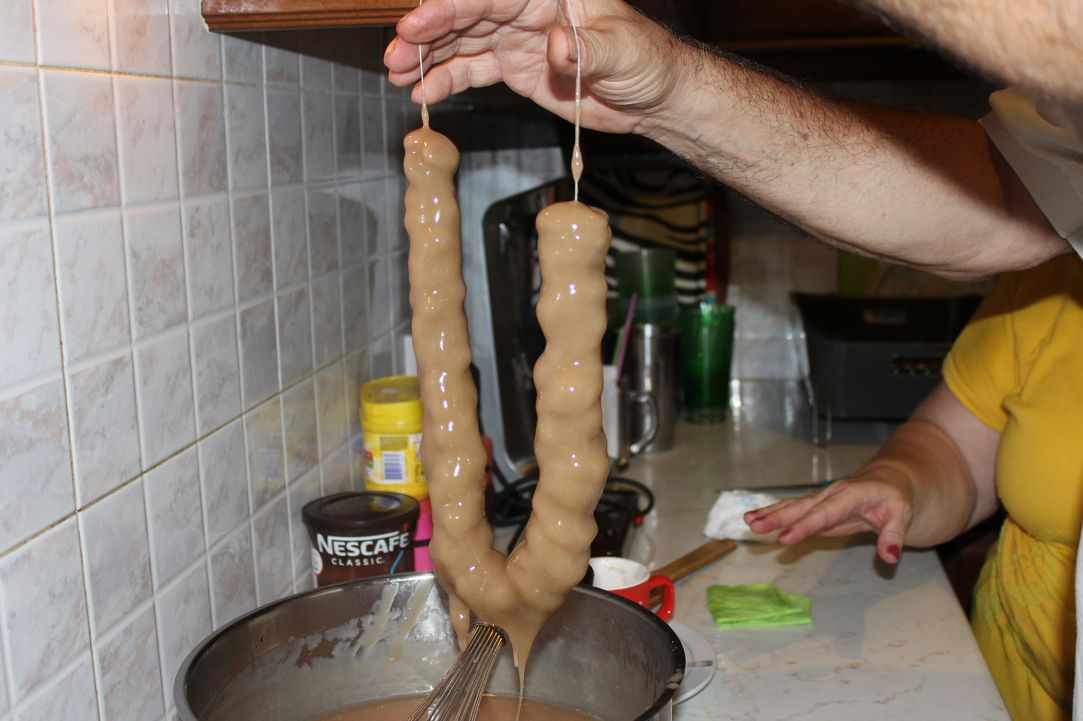
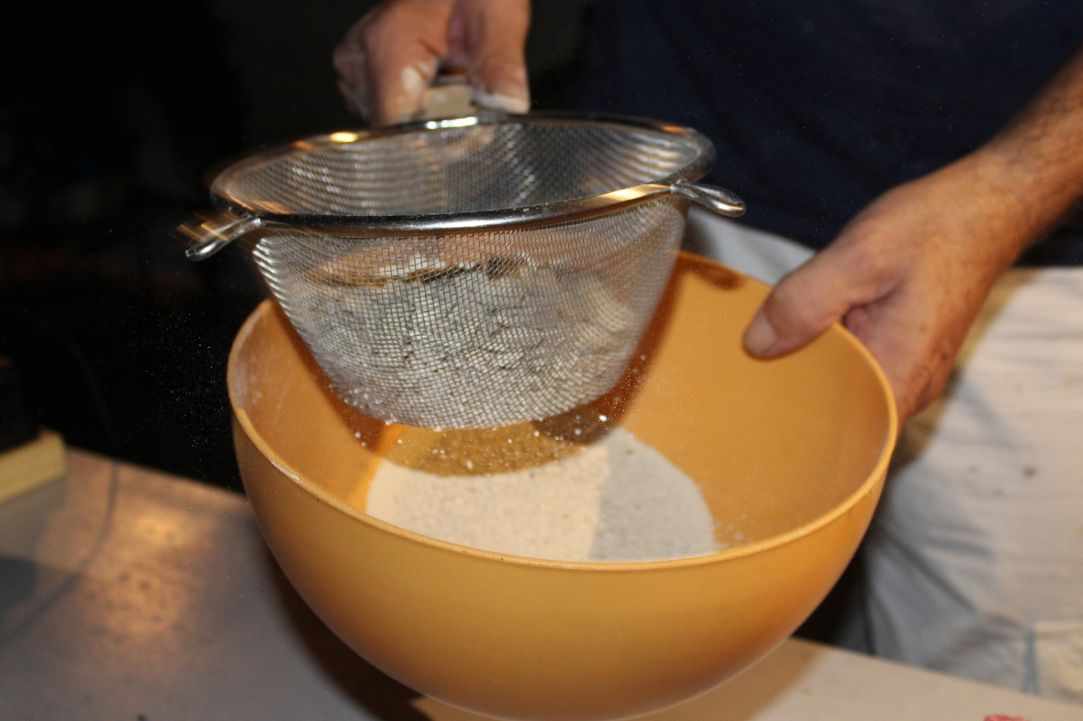
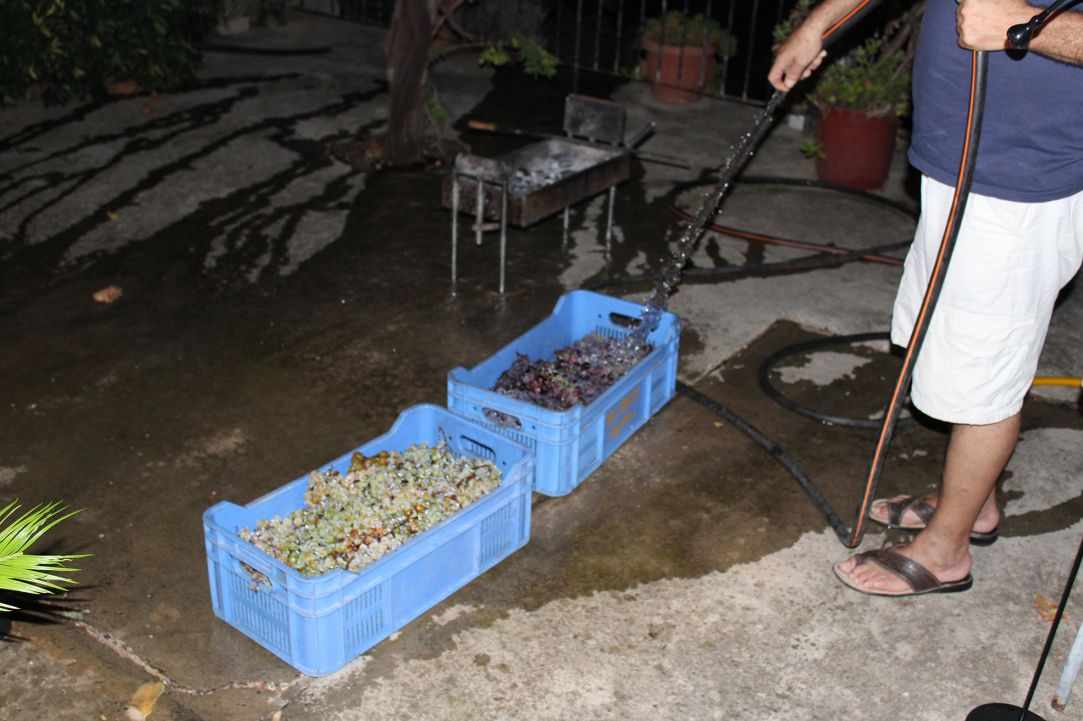
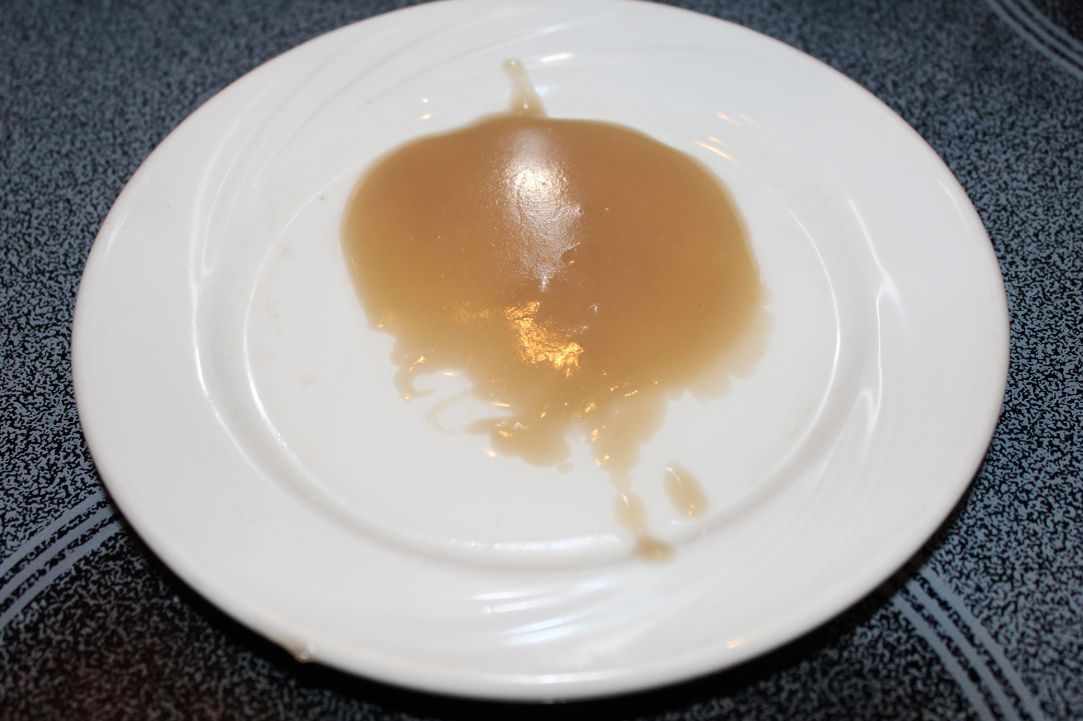
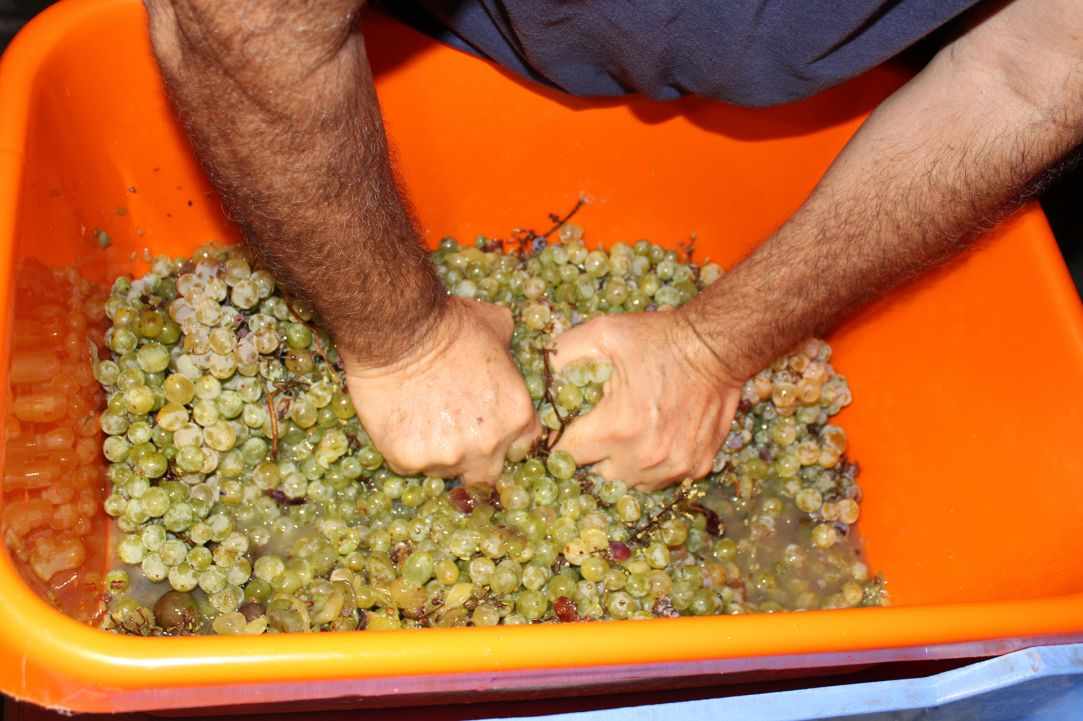
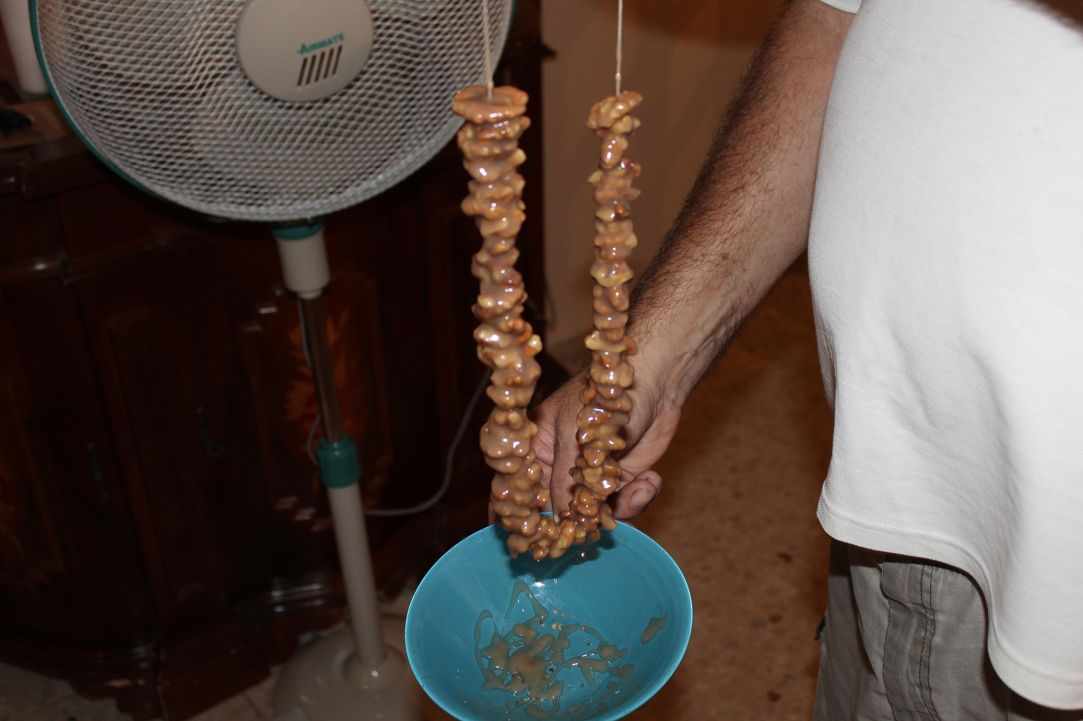
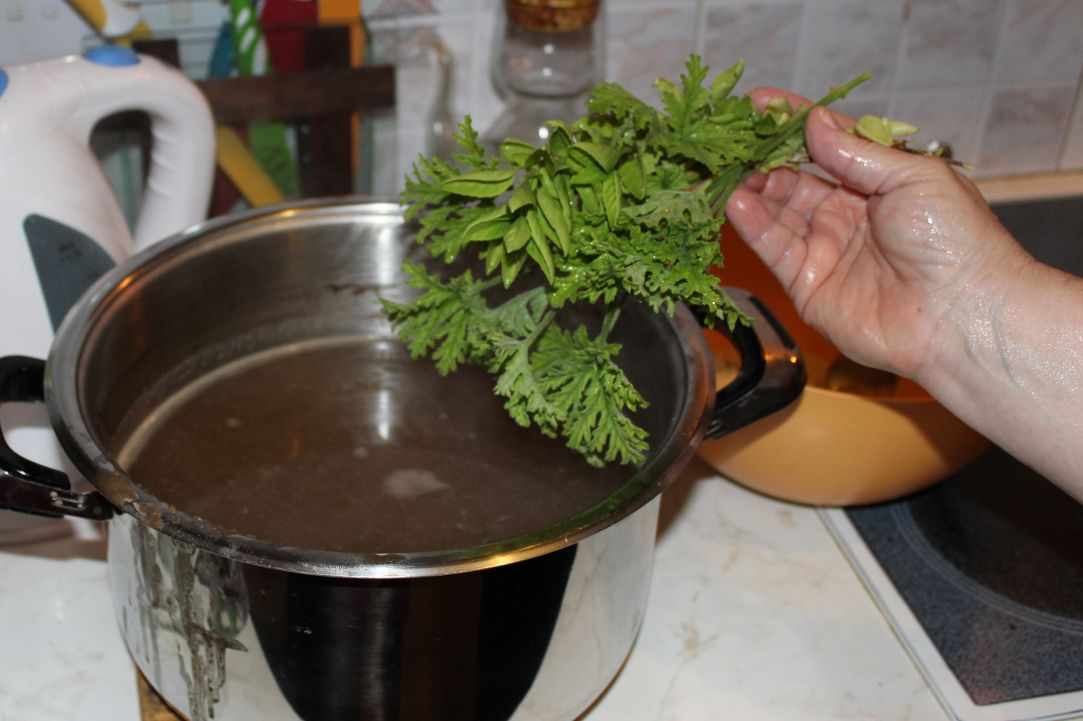
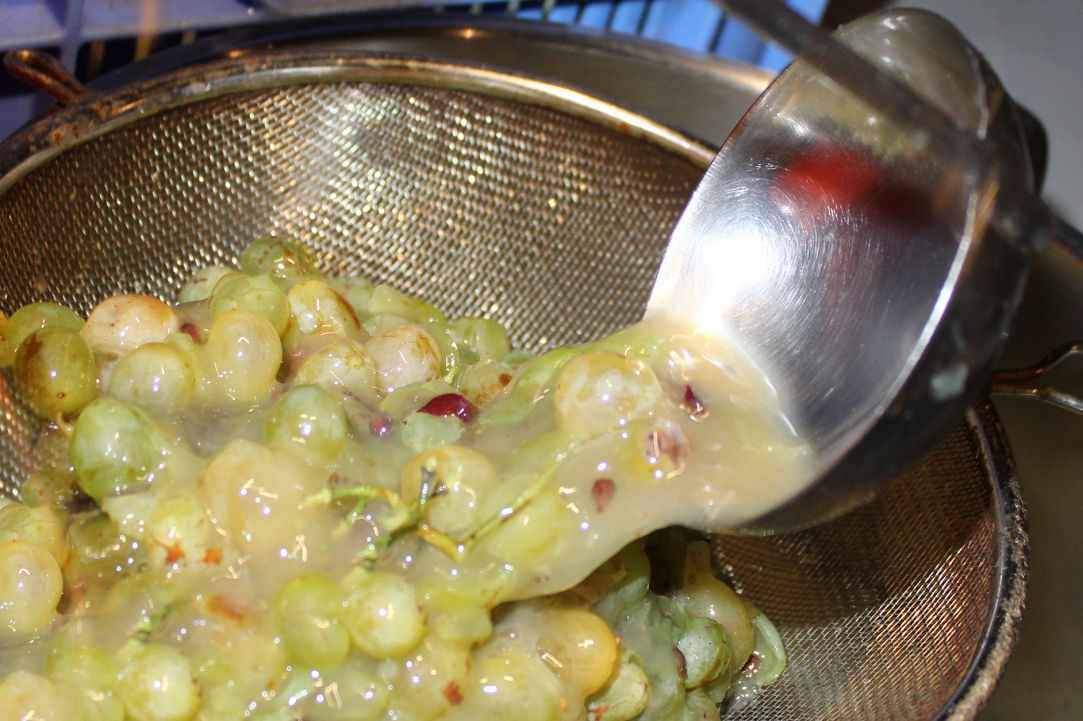
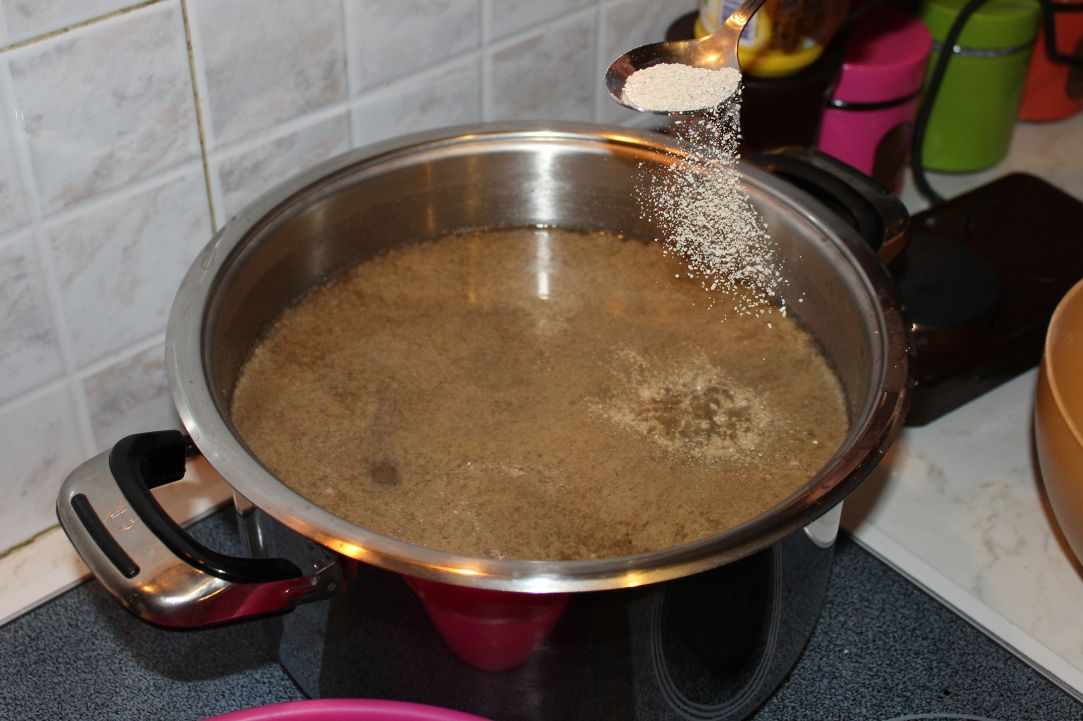
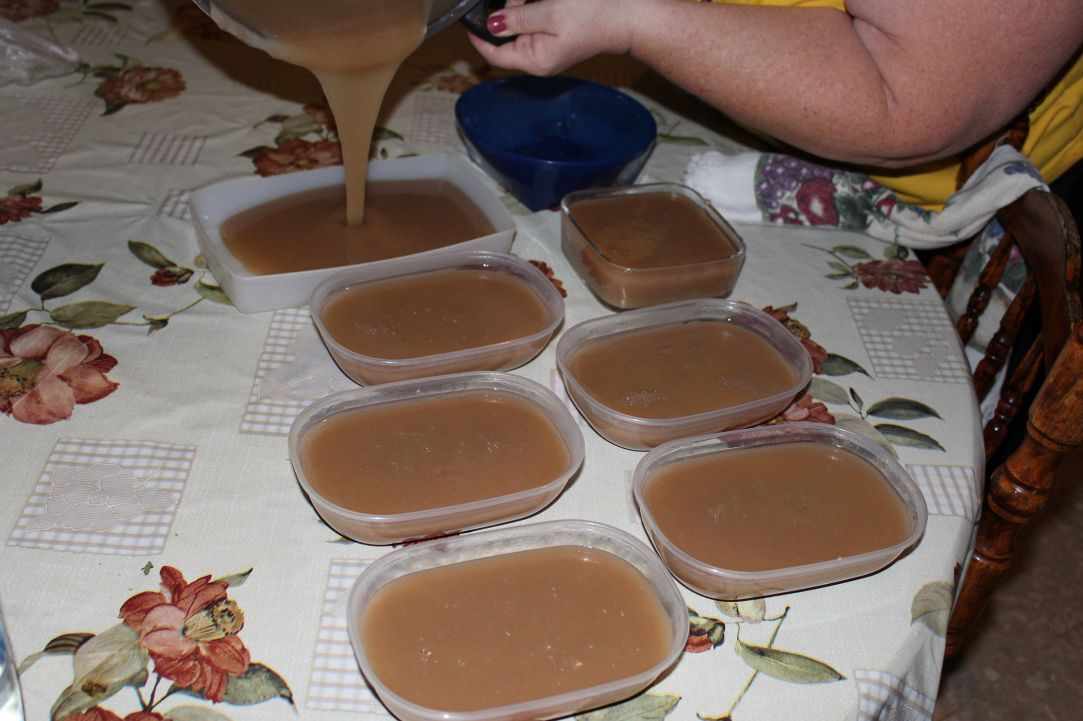
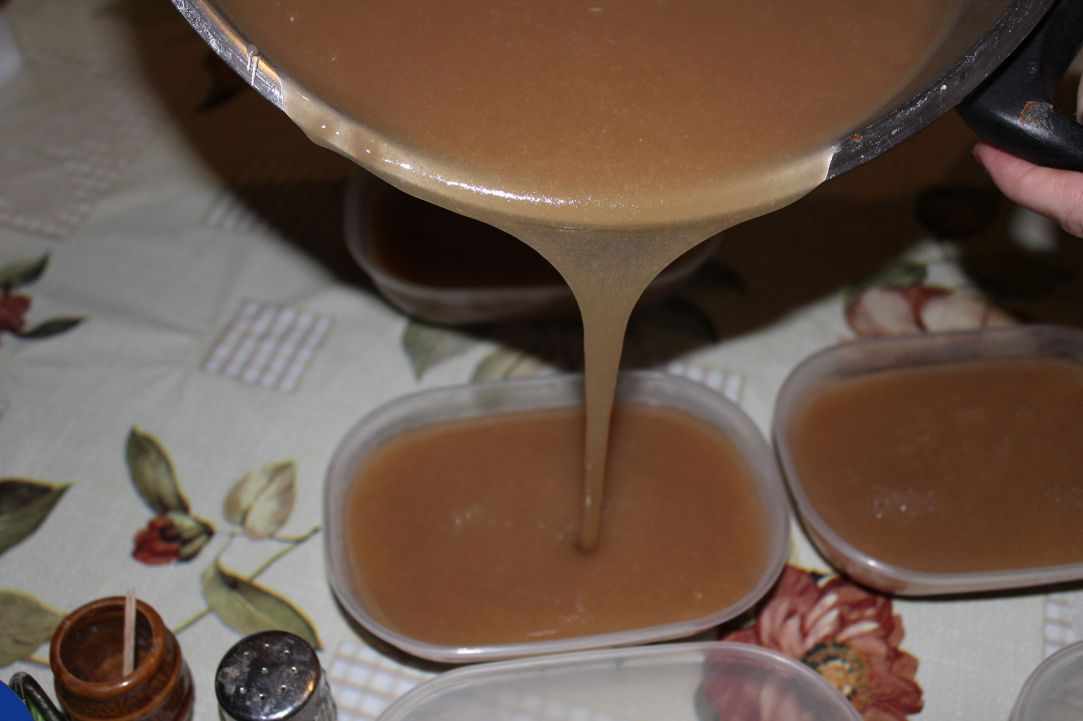
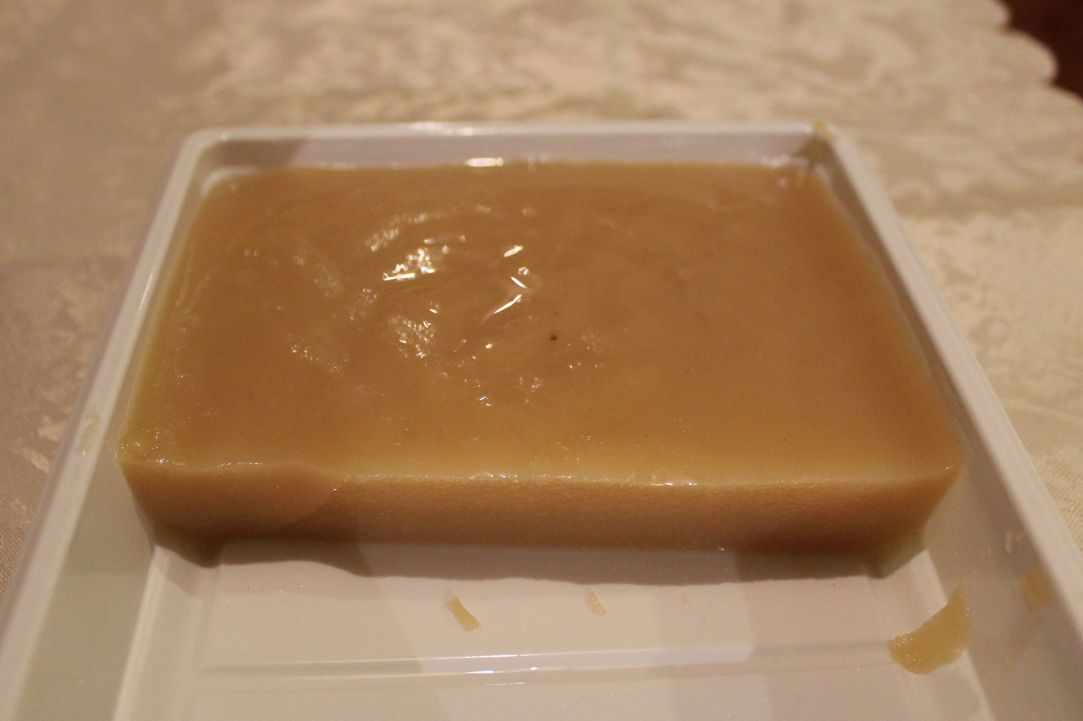
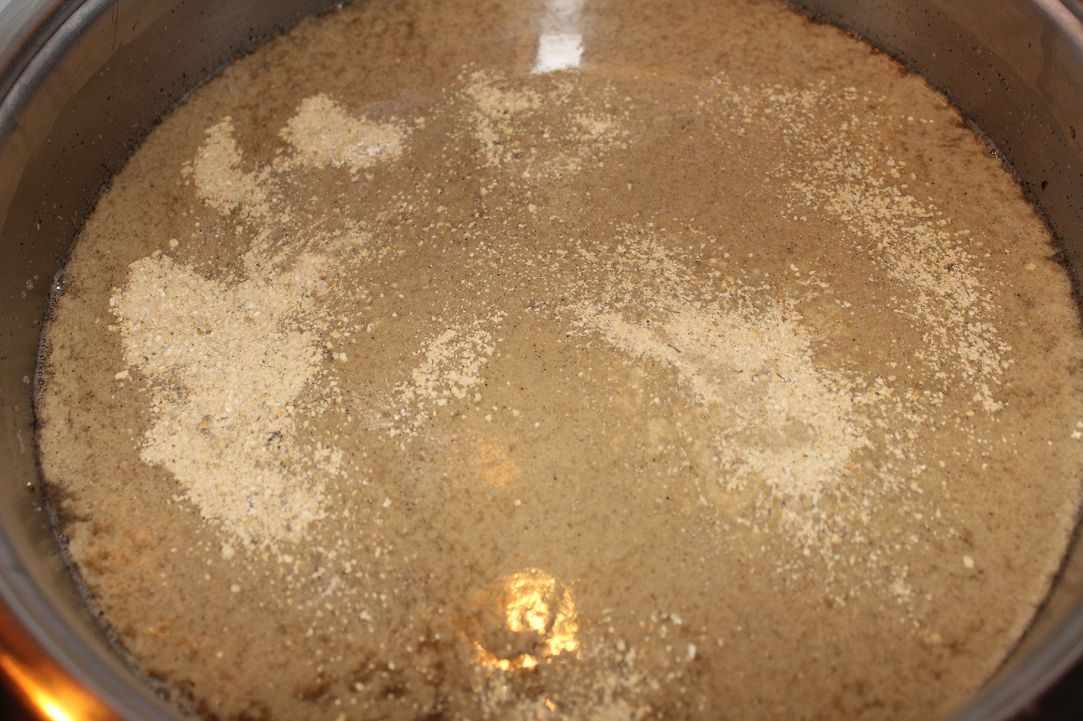
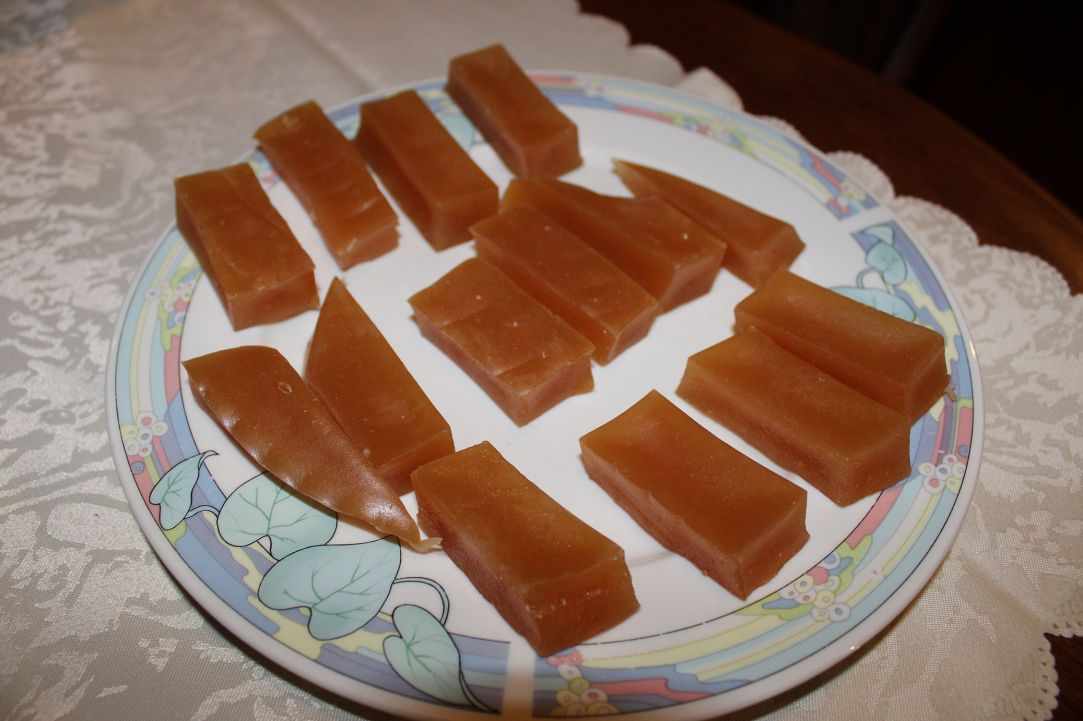
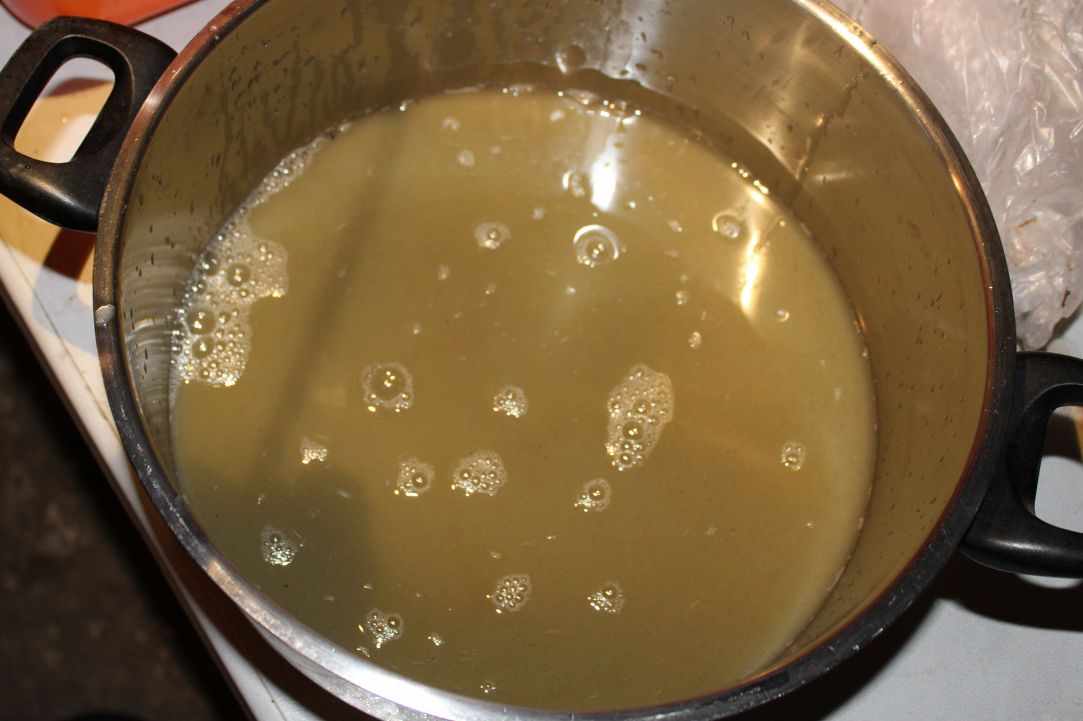
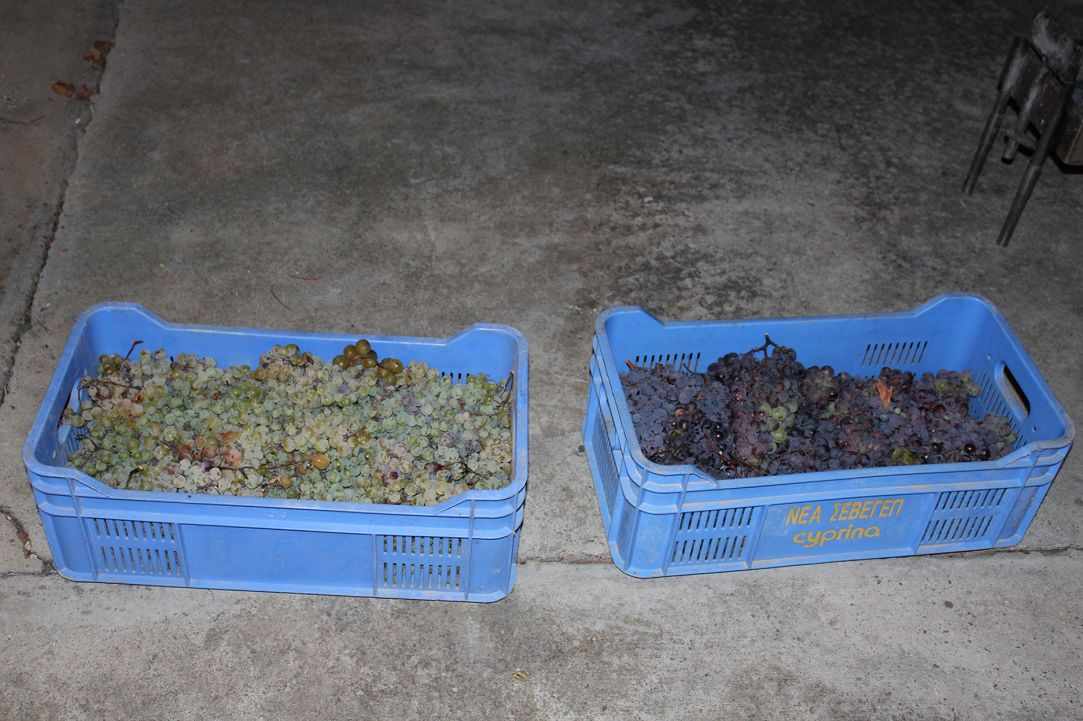
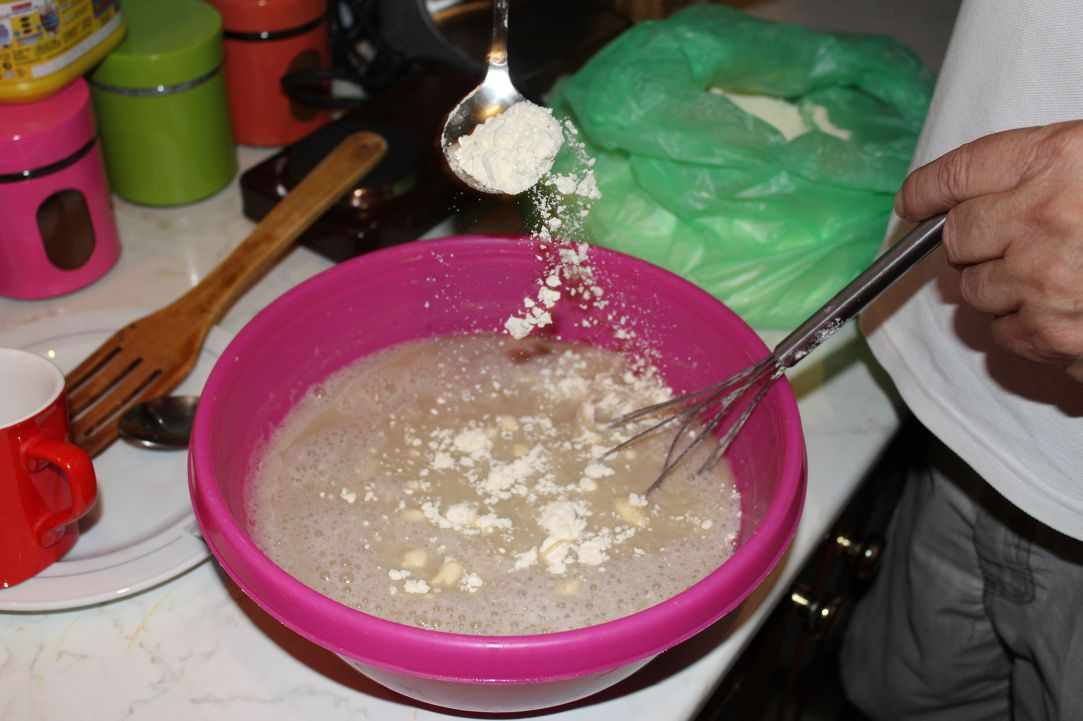
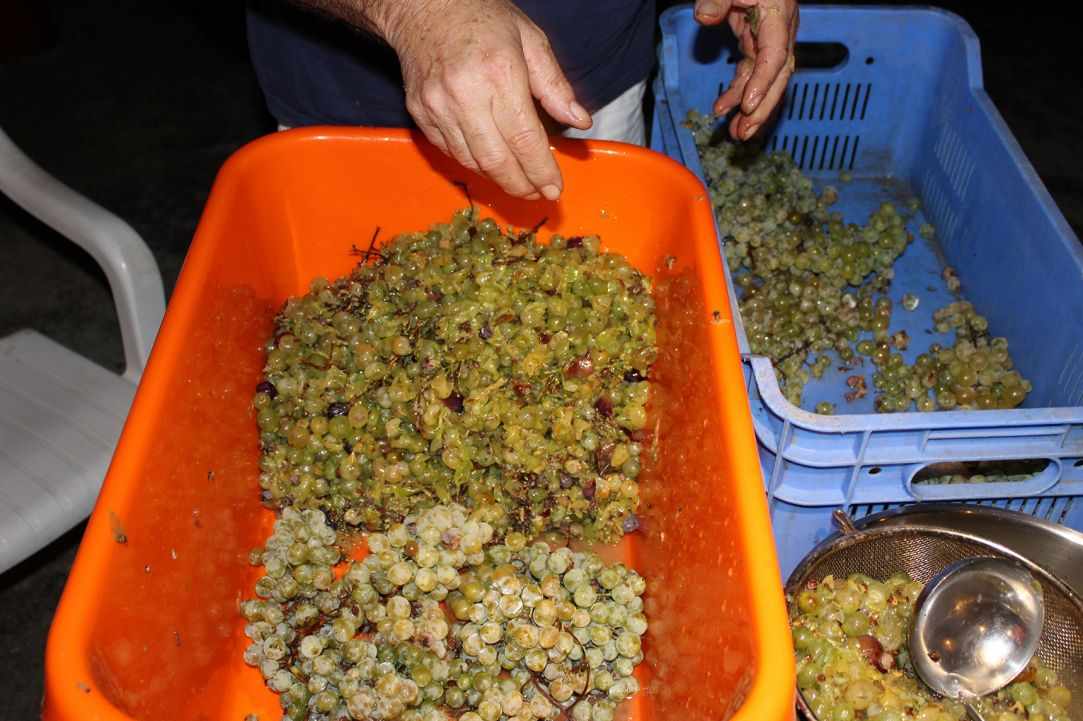
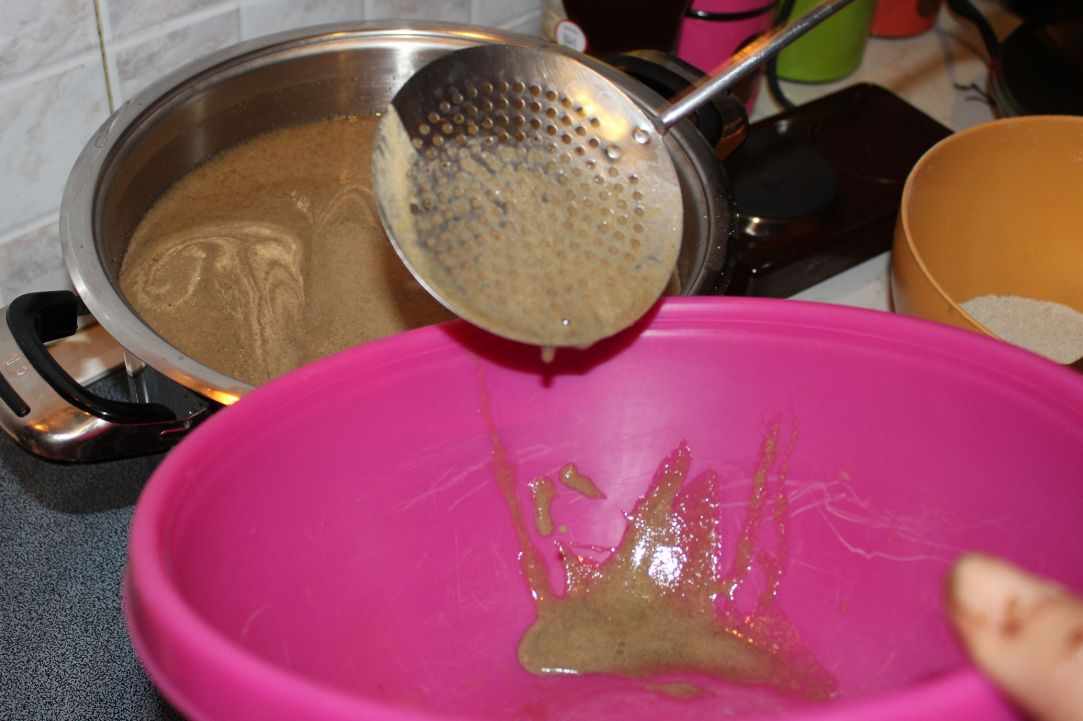
 Posted by
Christina Nicolaou
Posted by
Christina Nicolaou

